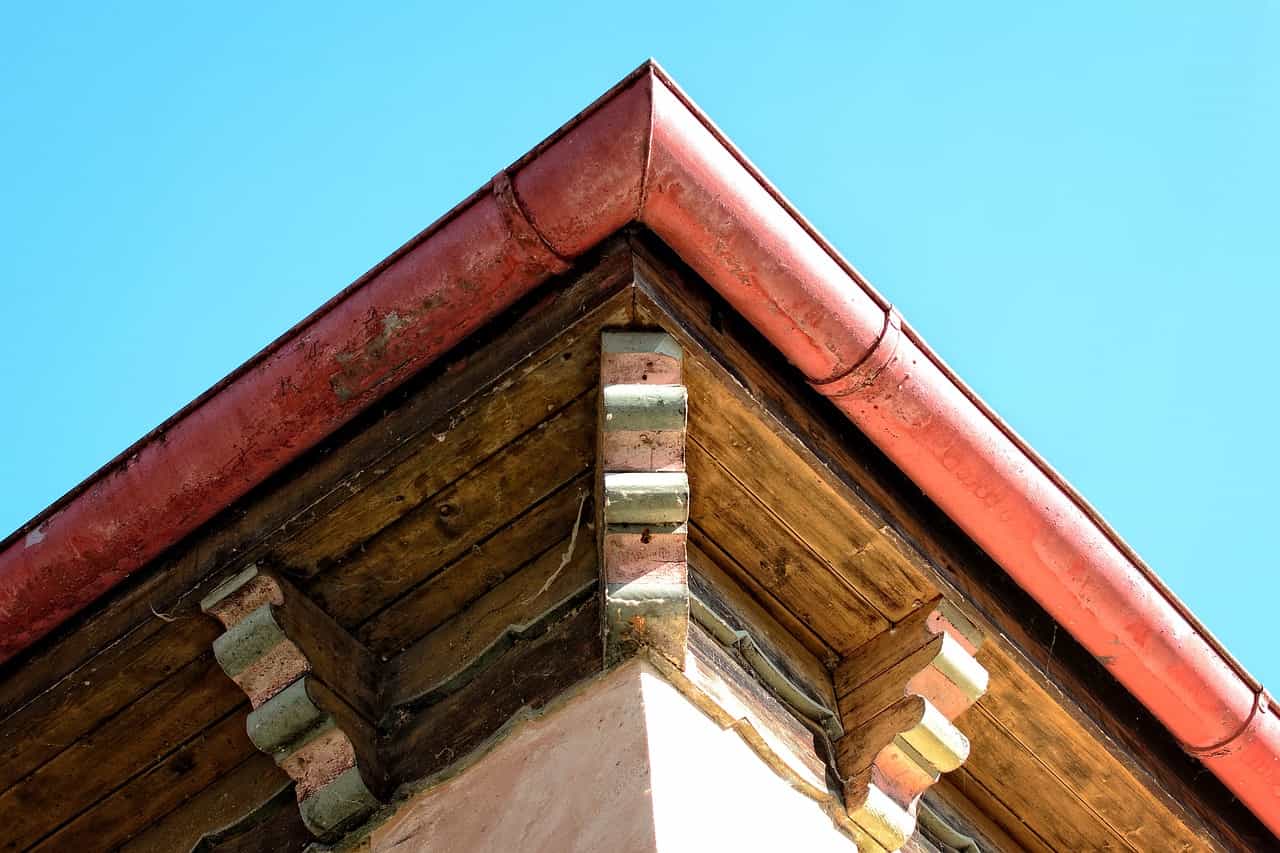Catch it all
Catch it all
EAVESTROUGHING
EAVESTROUGHING


Our
SERVICES
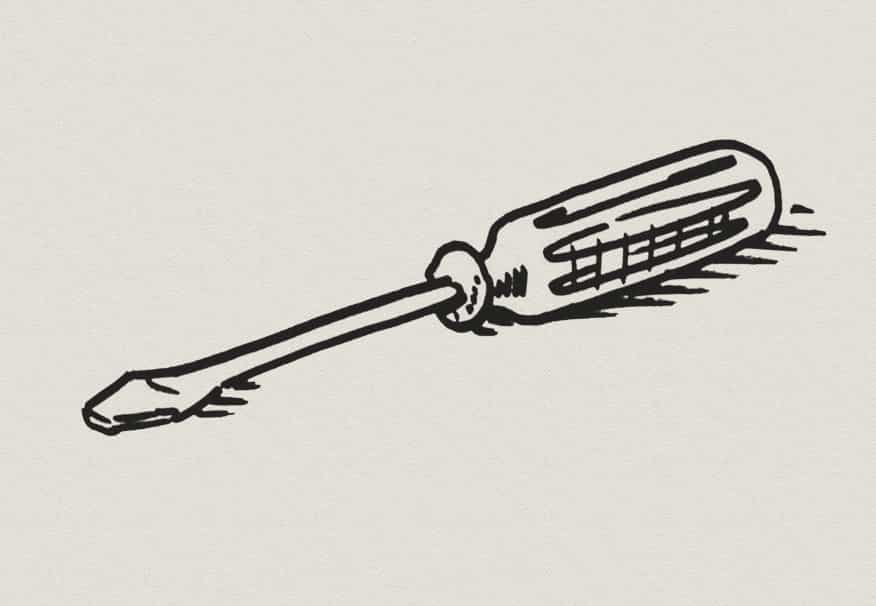
New Installations
Eavestrough installation is an important aspect of protecting your home from water damage. Our team of experienced professionals will ensure that your new eavestroughs are installed correctly and in a timely manner. We use top-quality materials and the latest installation techniques to ensure that your new eavestroughs will function properly and provide long-lasting protection for your home. Our team will work closely with you to determine the best type and style of eavestroughs for your home and budget, and we'll handle the installation process from start to finish. We take great pride in our work and will leave your property clean and tidy once the job is done. Contact us today to schedule your eavestrough installation and protect your home from water damage.
See Our Work!
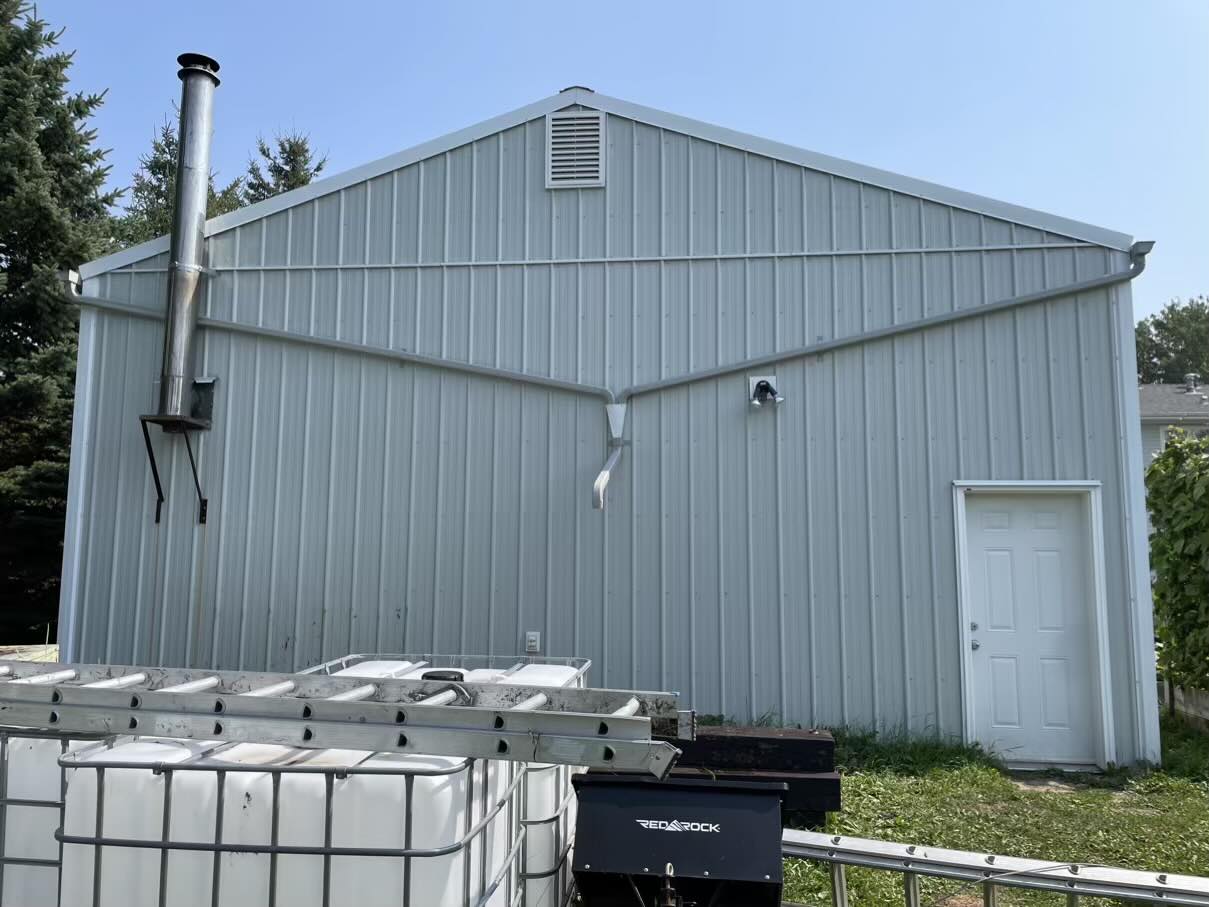
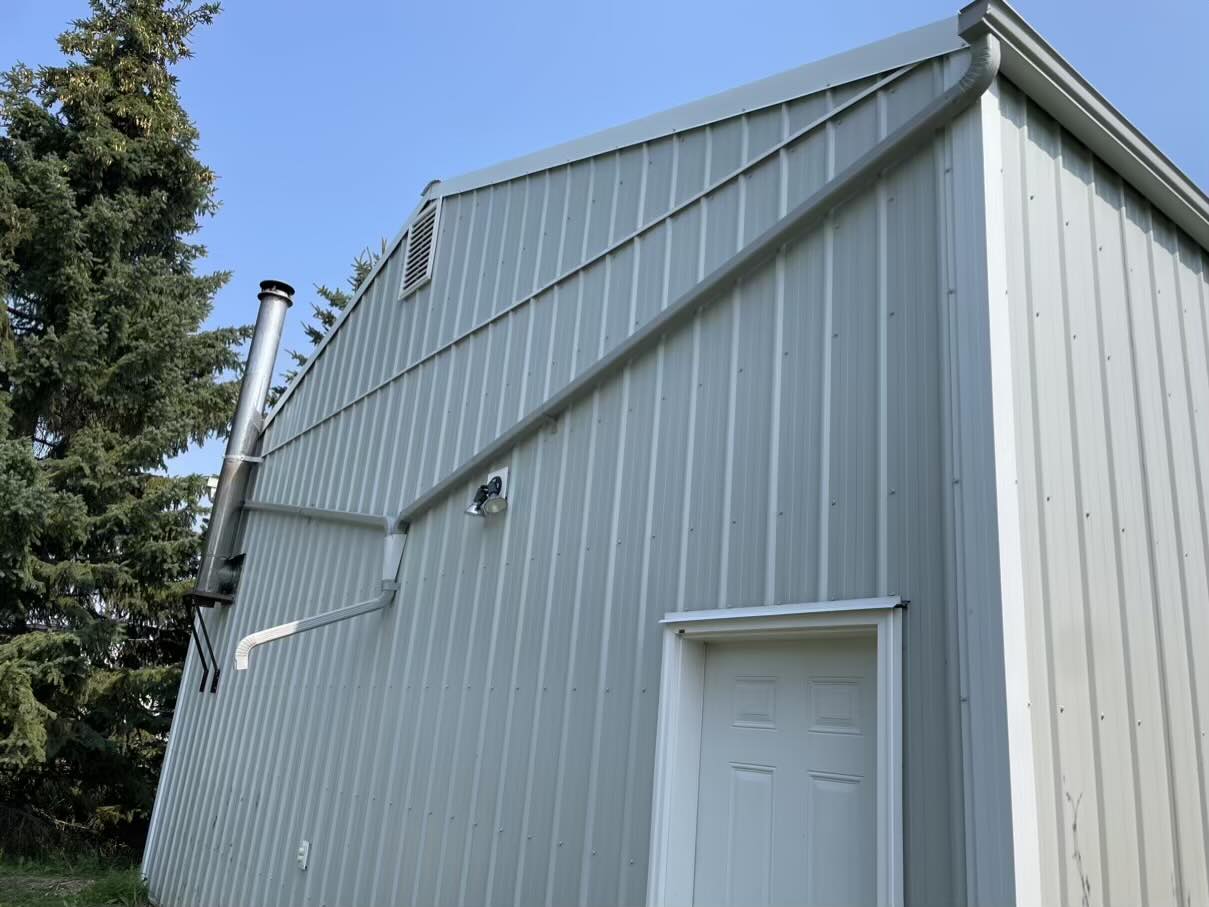
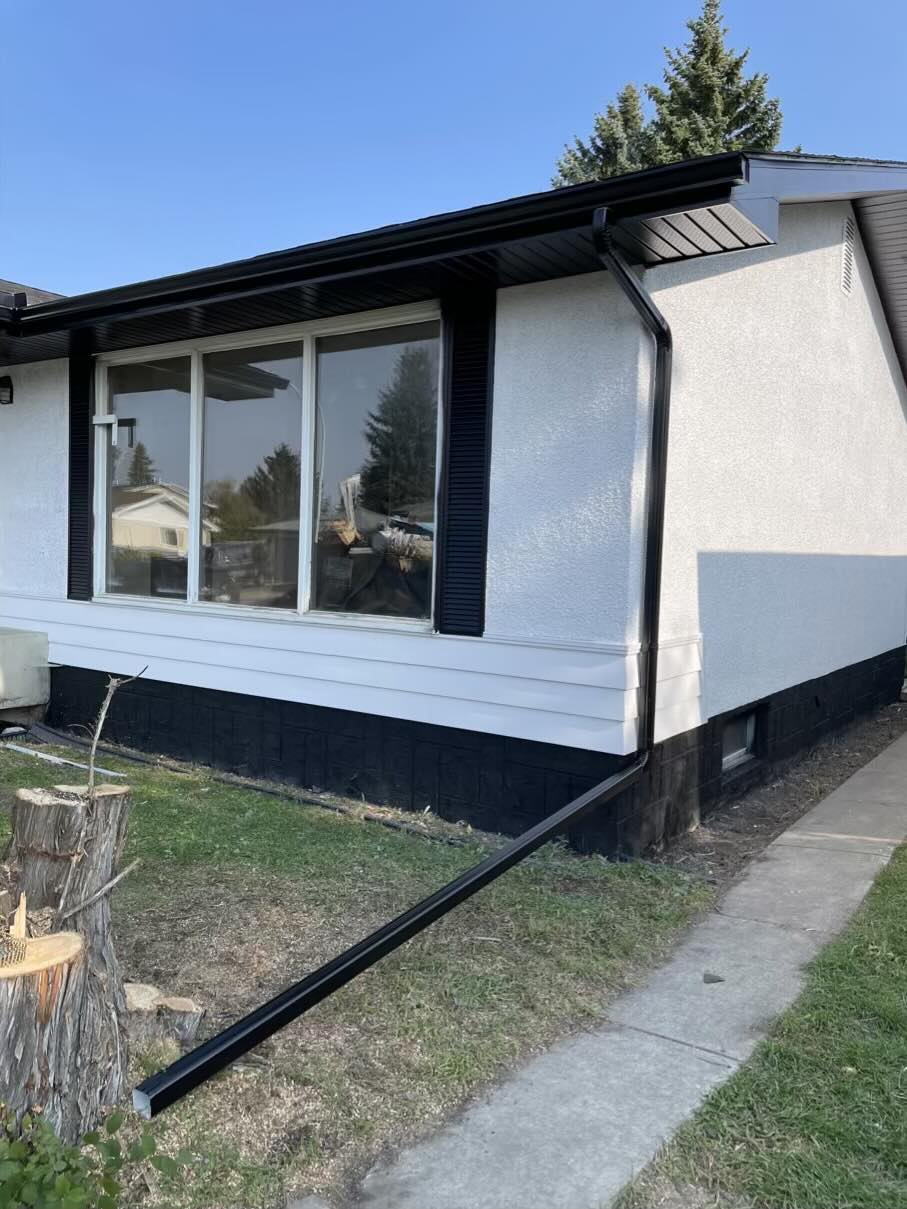
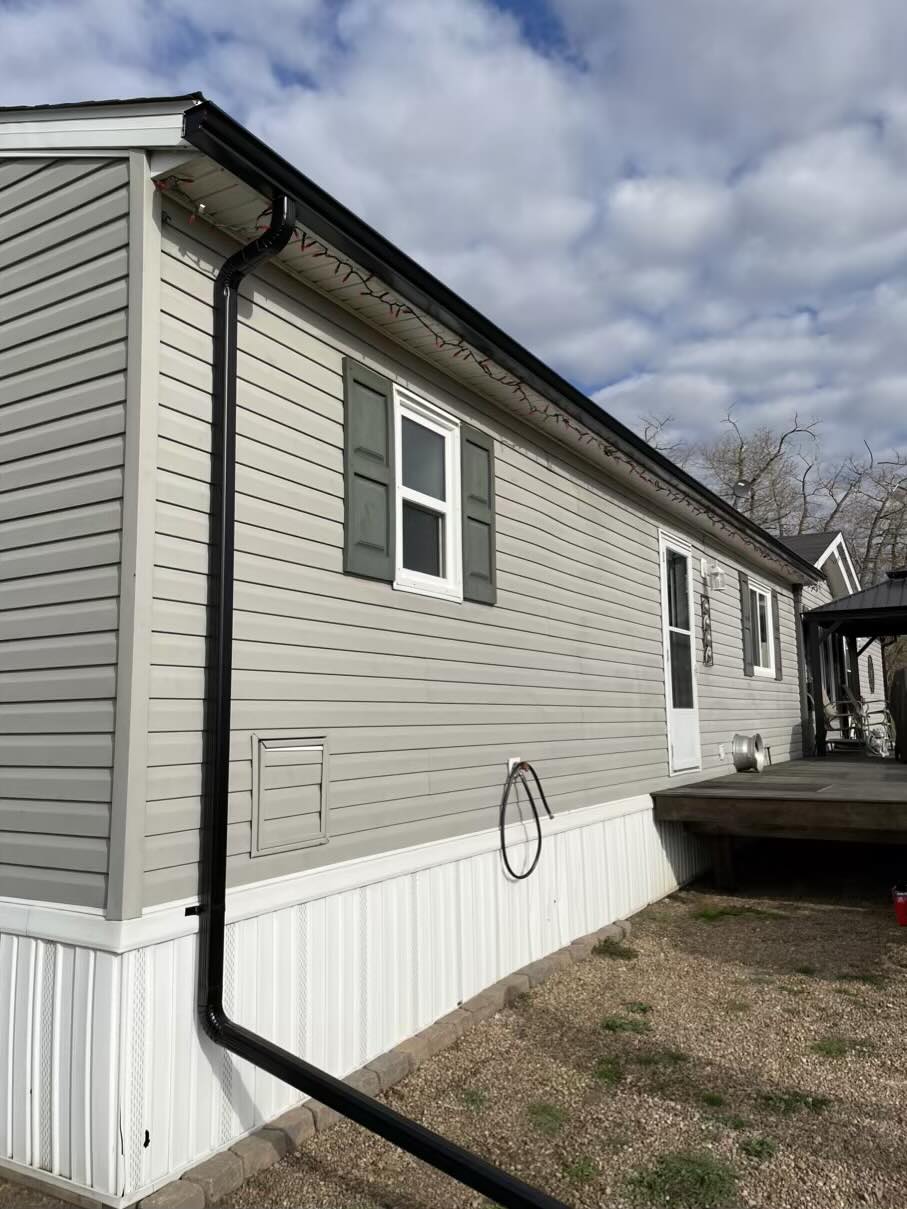
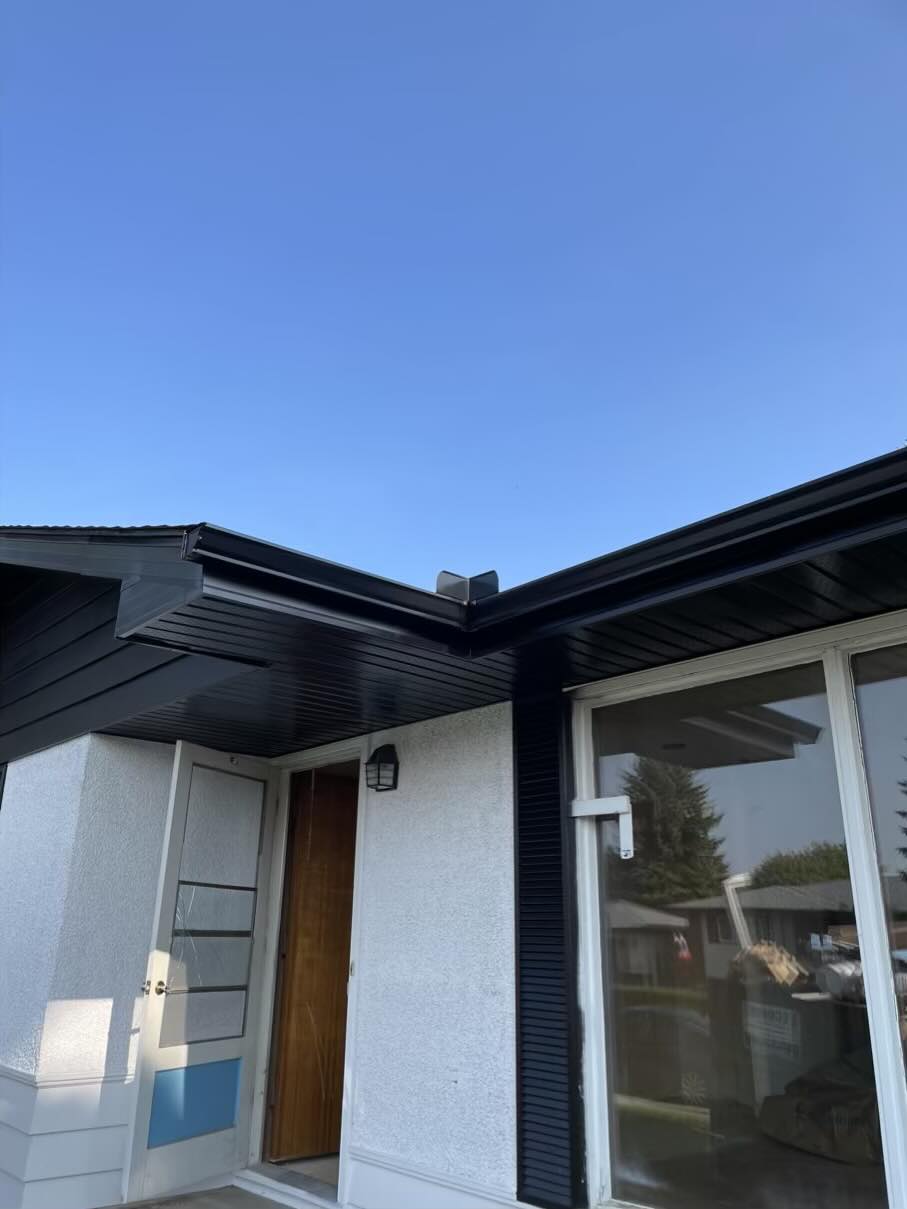
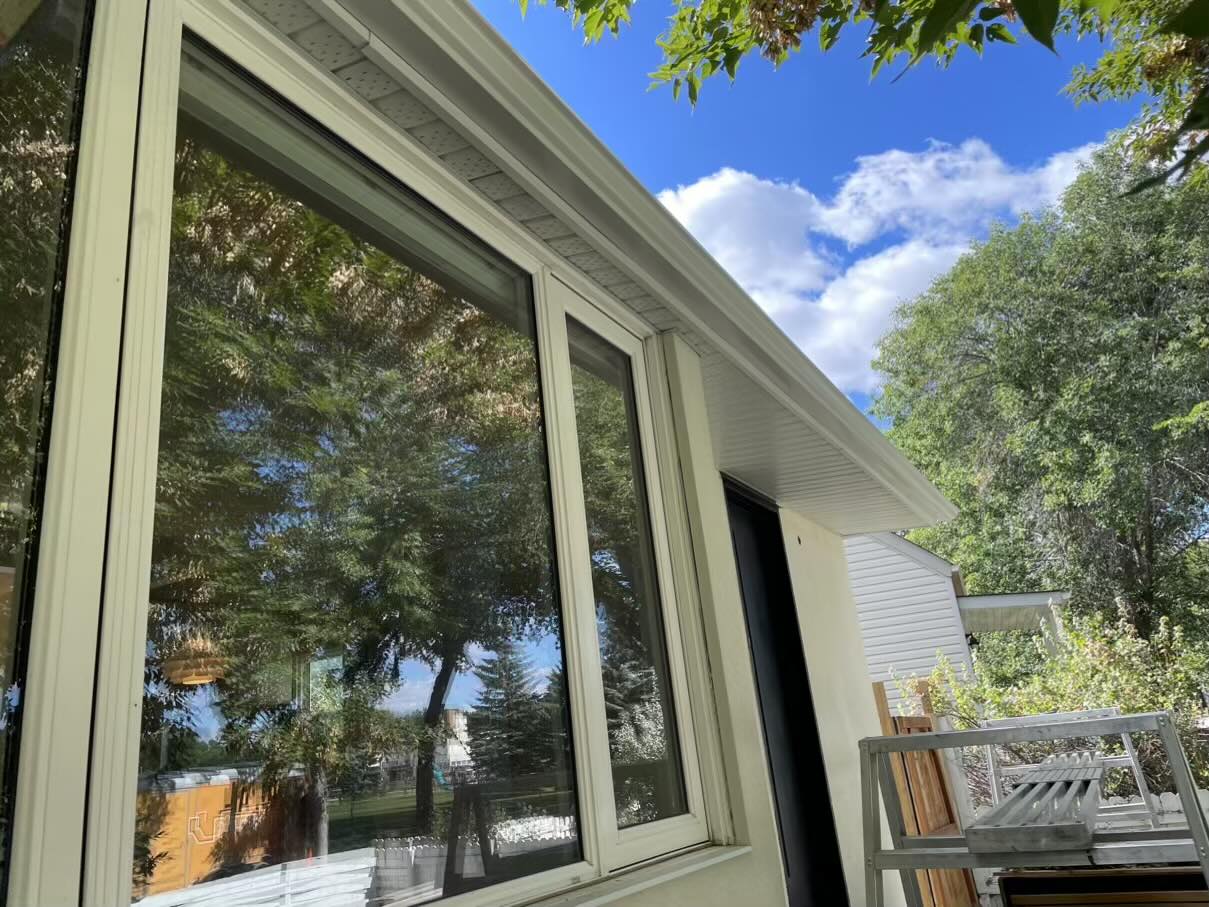
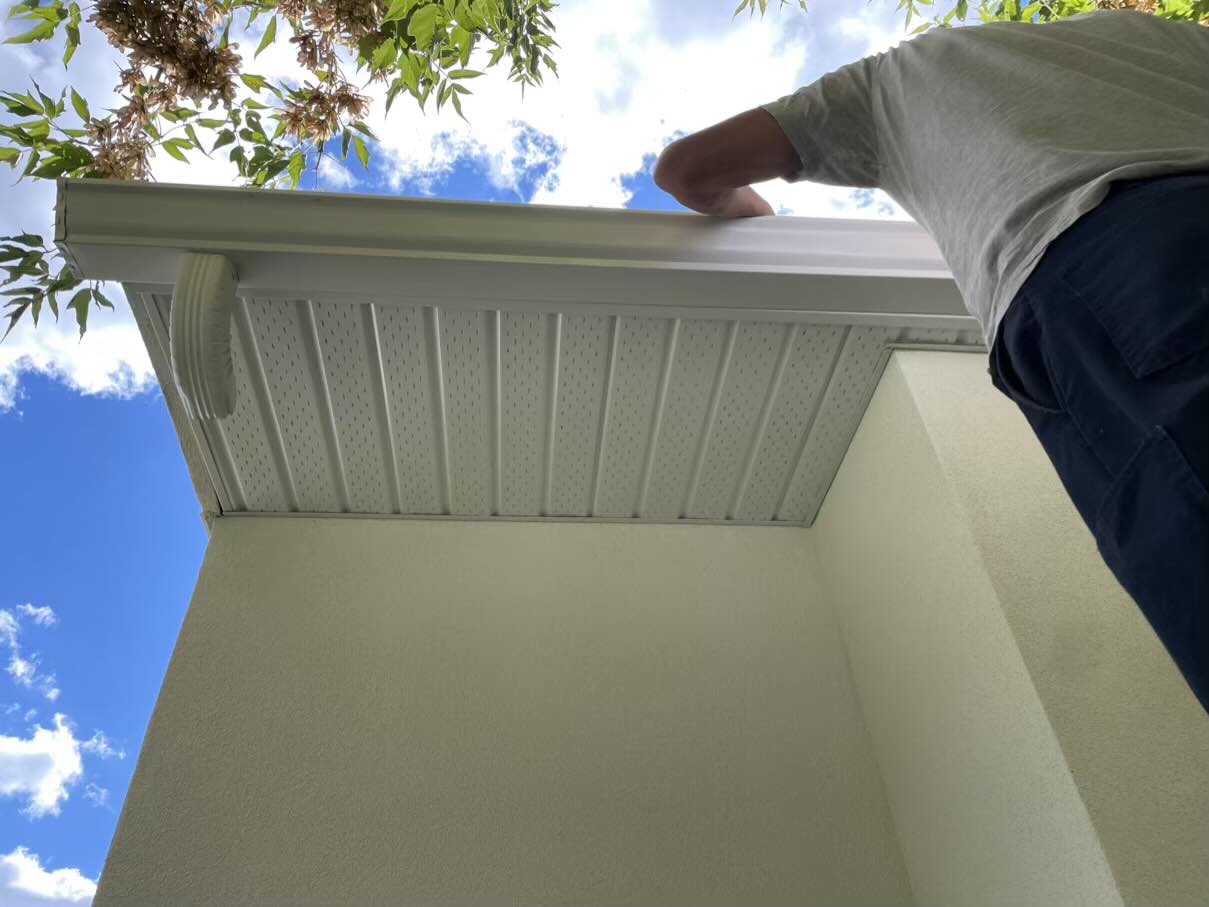
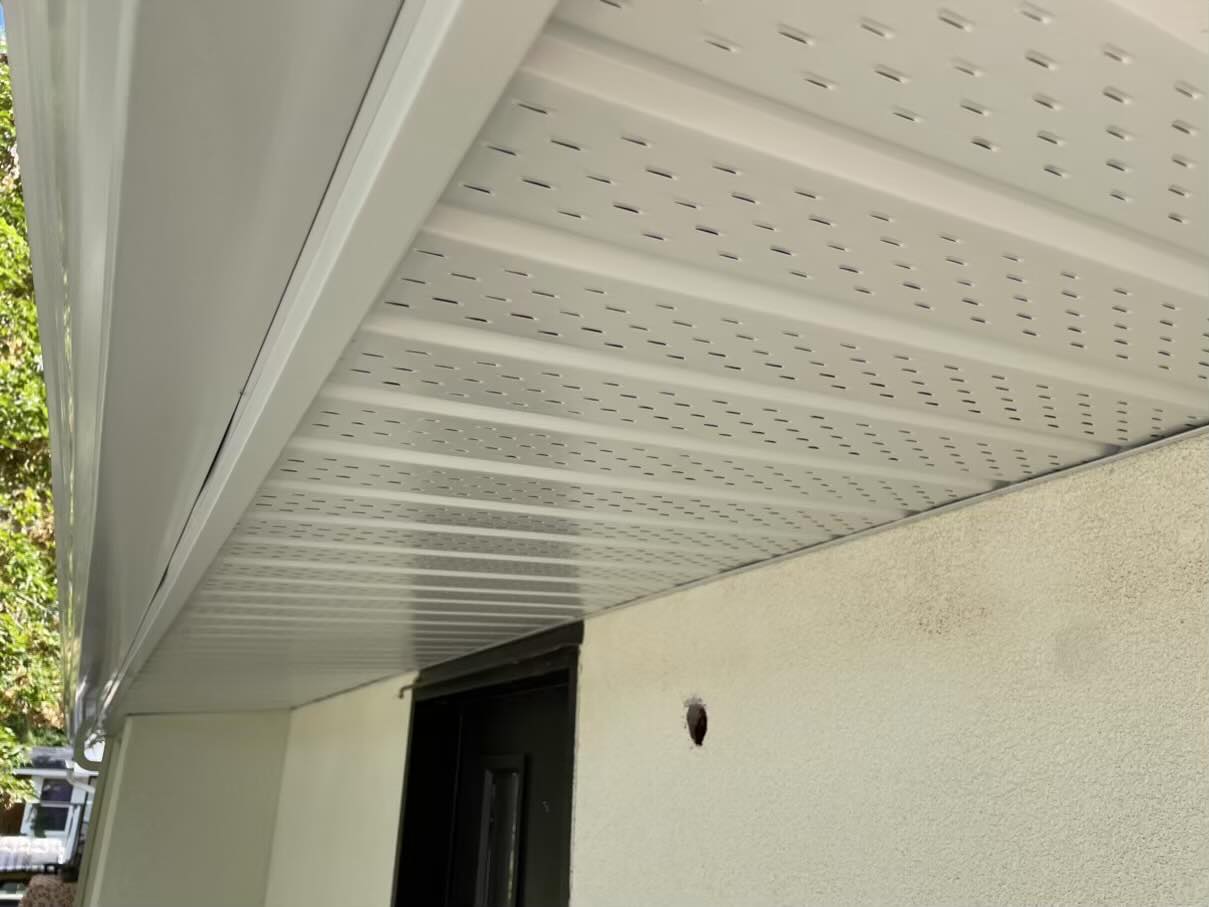
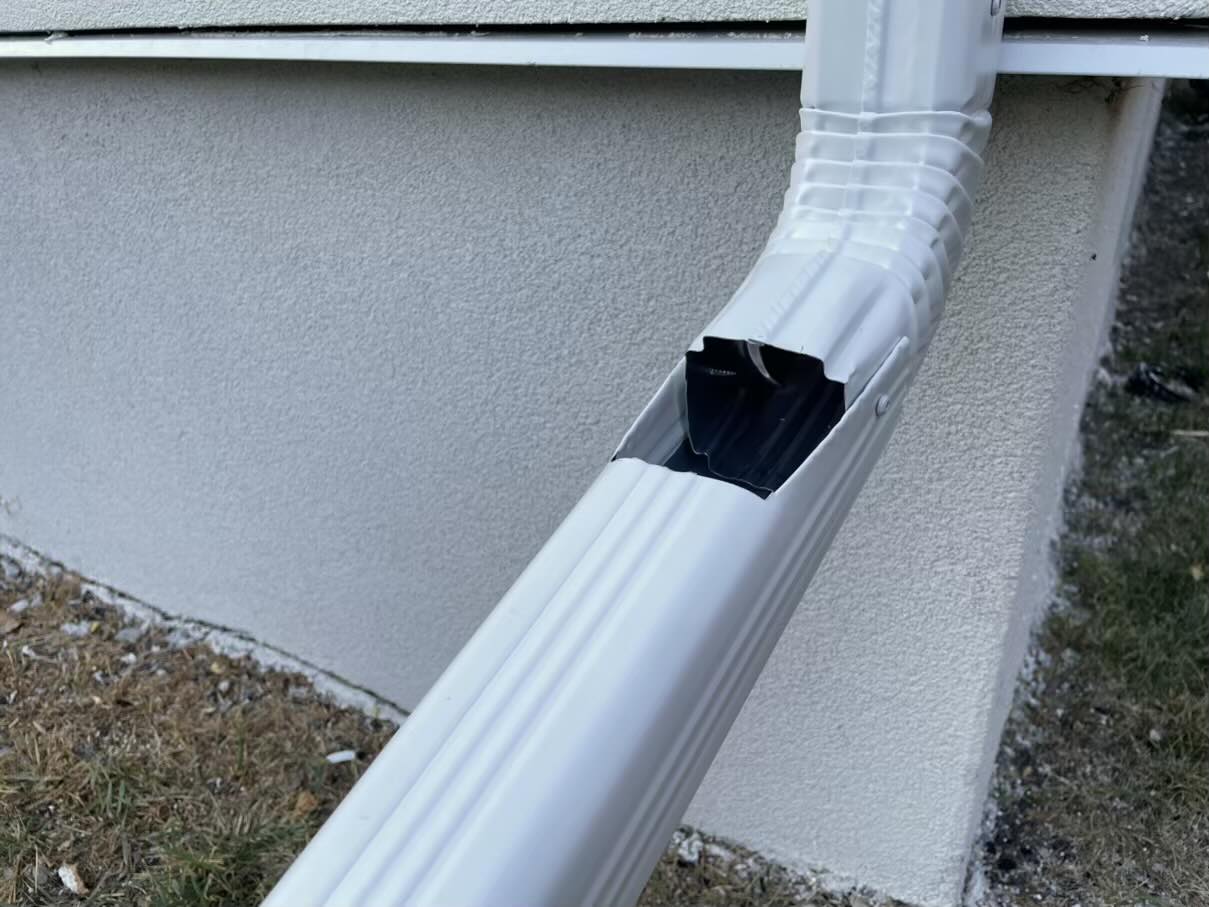

Repair
Eavestrough repair is an important aspect of maintaining the integrity of your home's exterior. Our team of experienced professionals is equipped to handle any type of eavestrough repair, from small leaks to major damage. We use top-quality materials and the latest repair techniques to ensure that your eavestroughs are functioning properly and providing long-lasting protection for your home. Our team will work closely with you to diagnose the issue and provide a cost-effective solution. We understand that eavestrough repair can be an unexpected expense and we always provide fair and transparent pricing. Contact us today to schedule your eavestrough repair and ensure that your home is protected from water damage.

See Our Work!
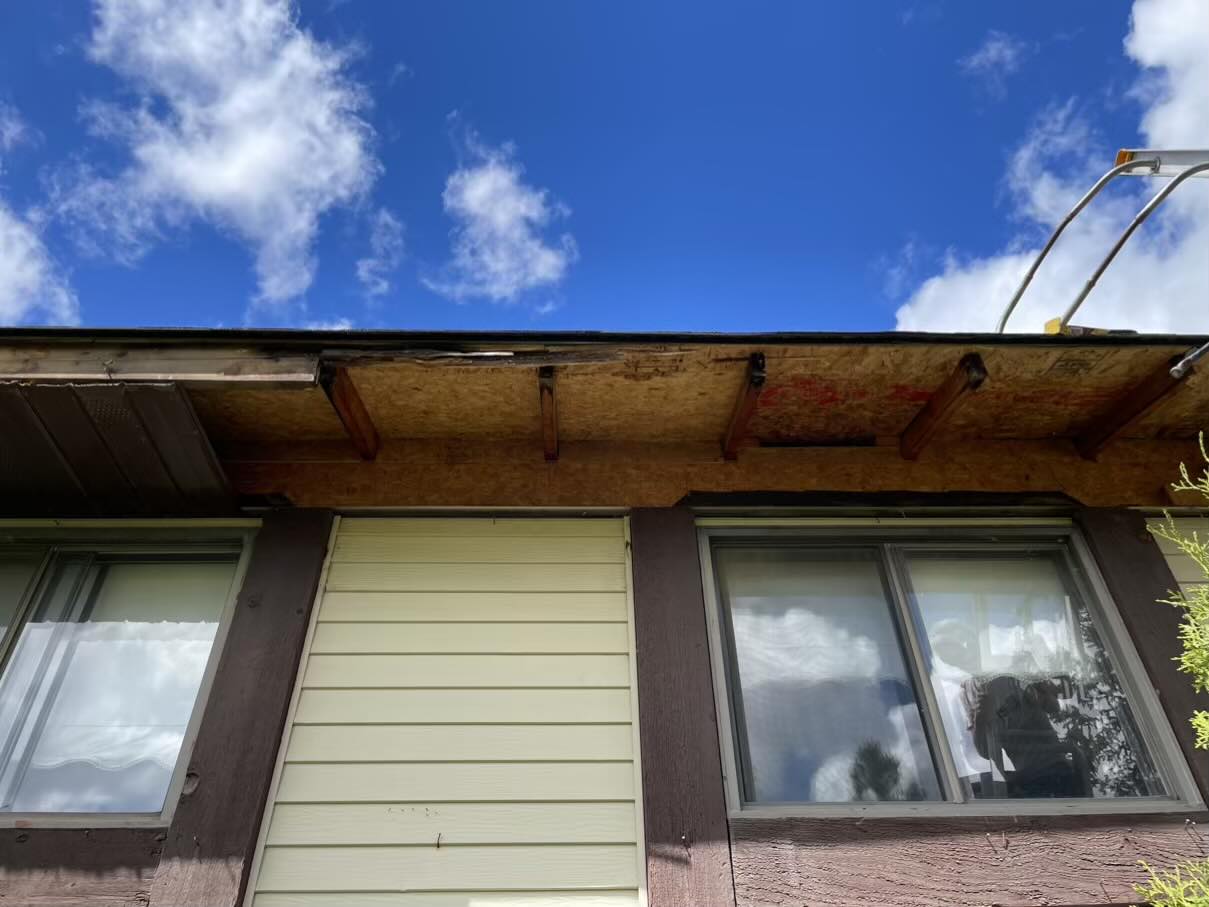
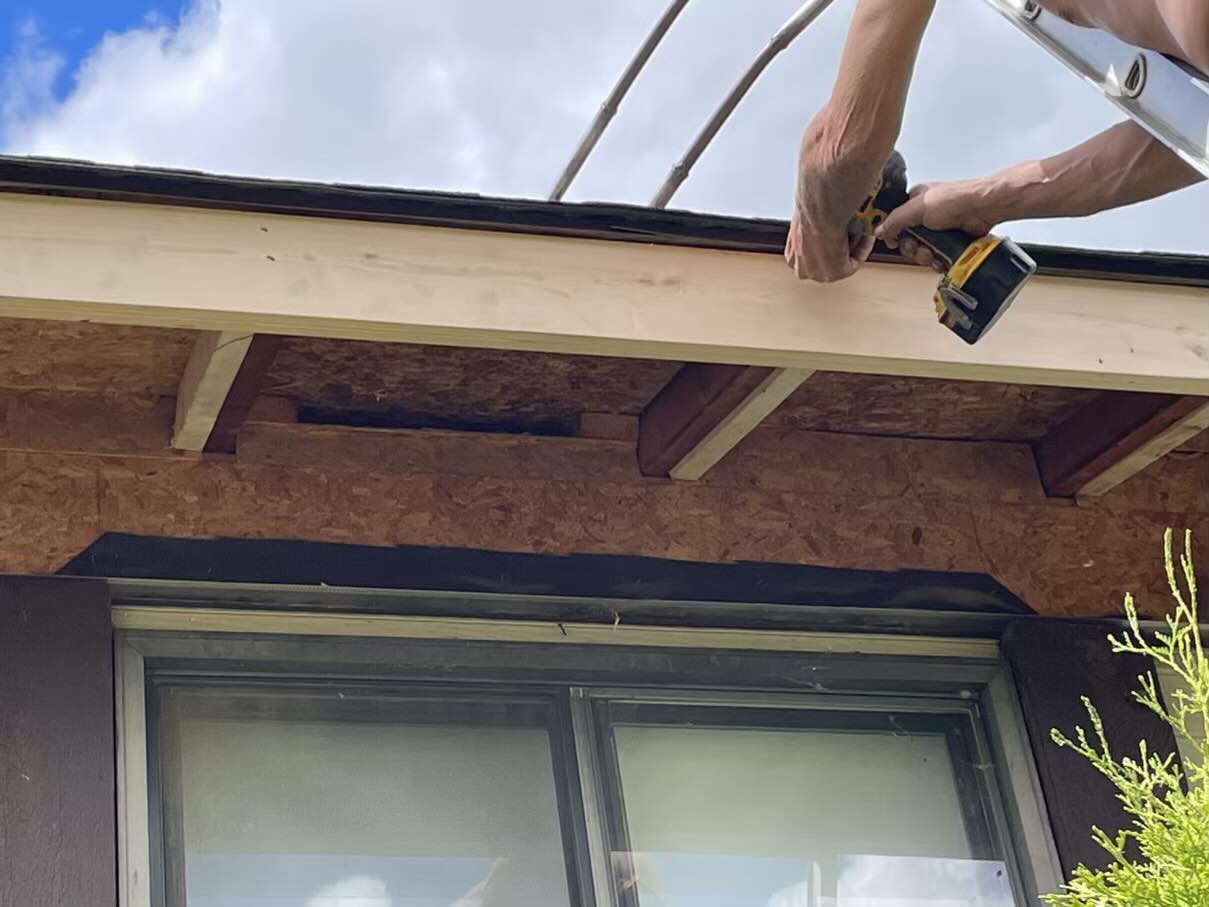
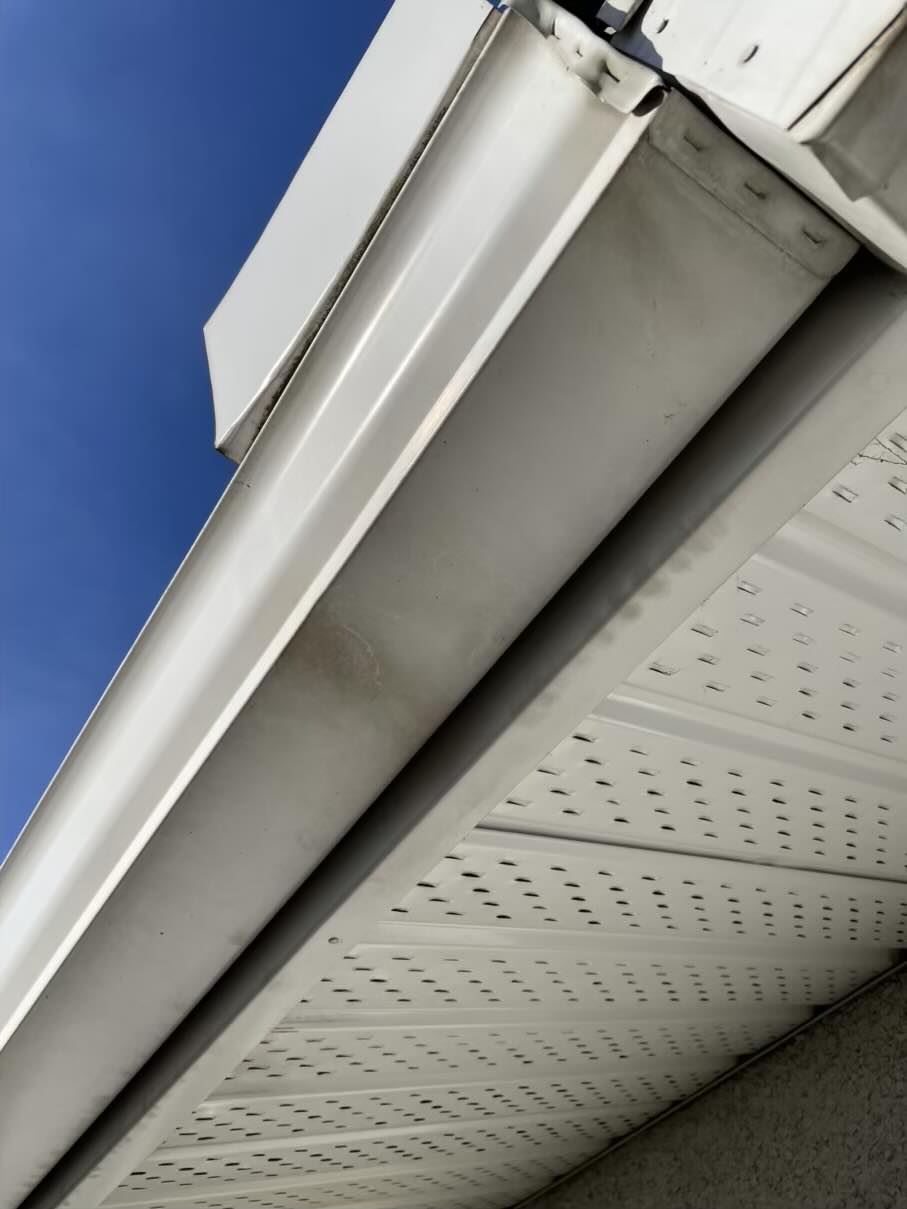
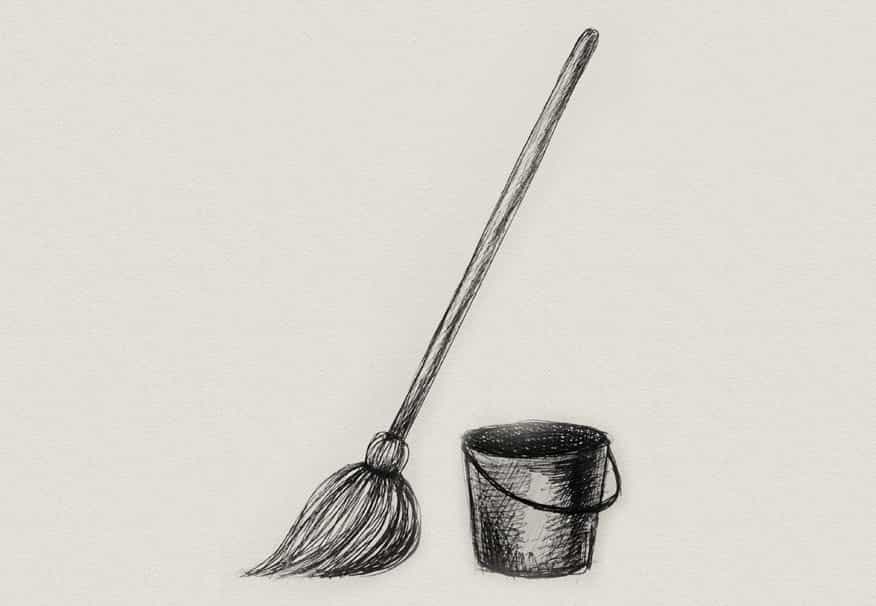
Cleaning
Regular eavestrough cleaning is an important aspect of maintaining the integrity of your home's exterior. Our team of experienced professionals is equipped to handle any type of eavestrough cleaning, from basic maintenance to major debris removal. We use state-of-the-art tools and techniques to ensure that your eavestroughs are thoroughly cleaned and functioning properly. Our team will work closely with you to schedule the cleaning at a convenient time. We understand that eavestrough cleaning can be a time-consuming task and we are here to take care of it for you. Contact us today to schedule your eavestrough cleaning and ensure that your home is protected from water damage and clogged gutters.
See Our Work!
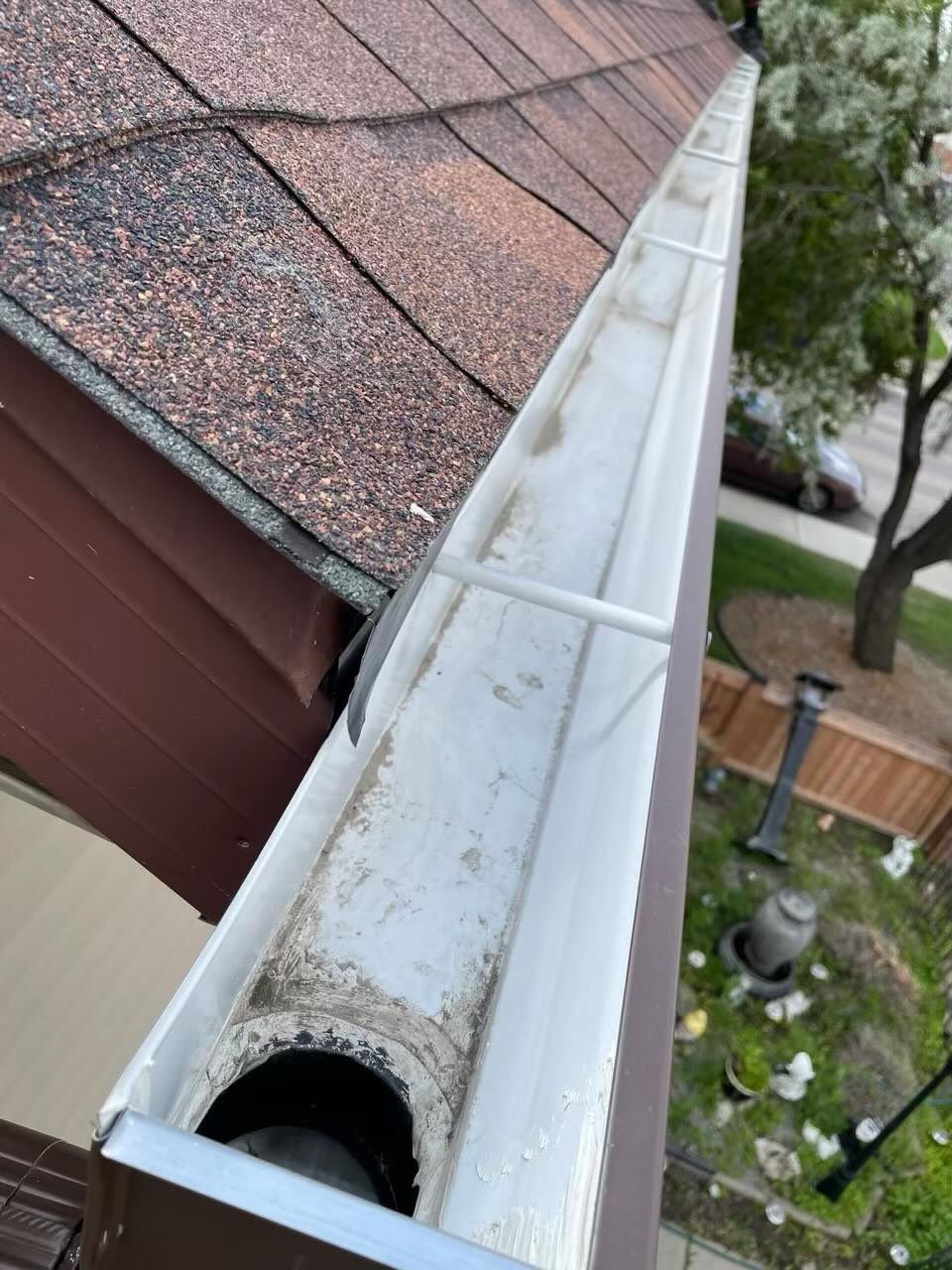
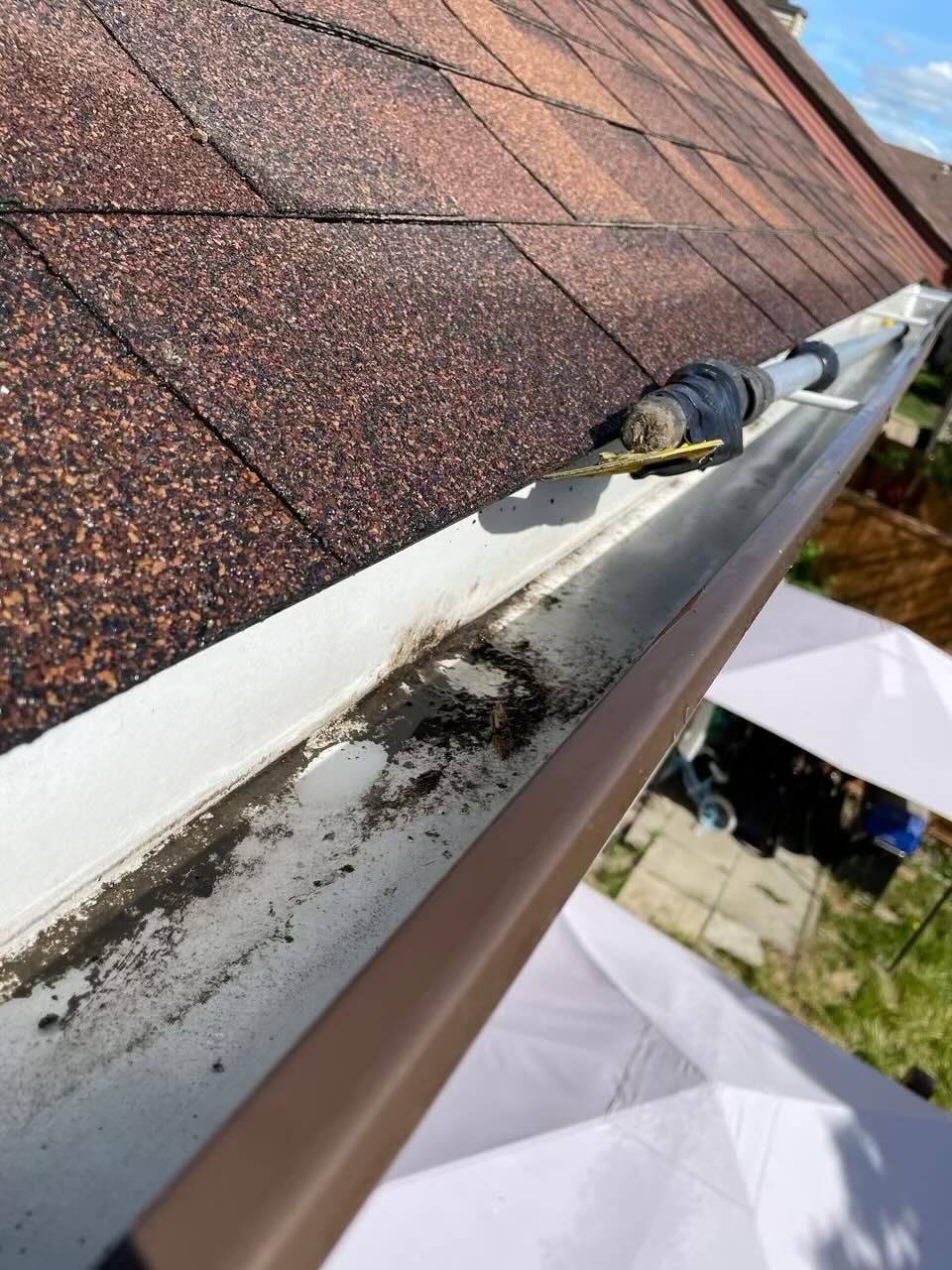
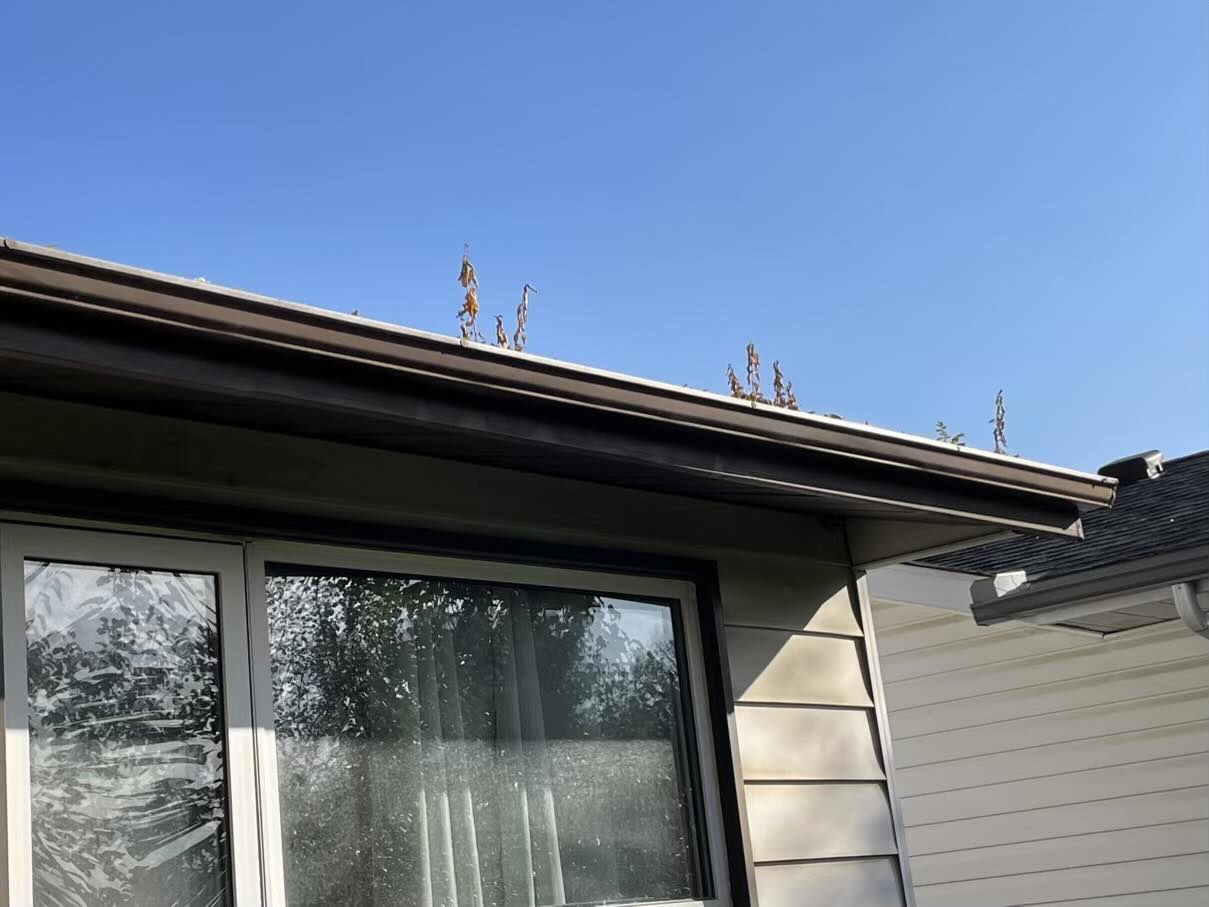
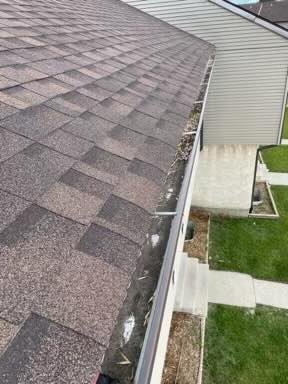
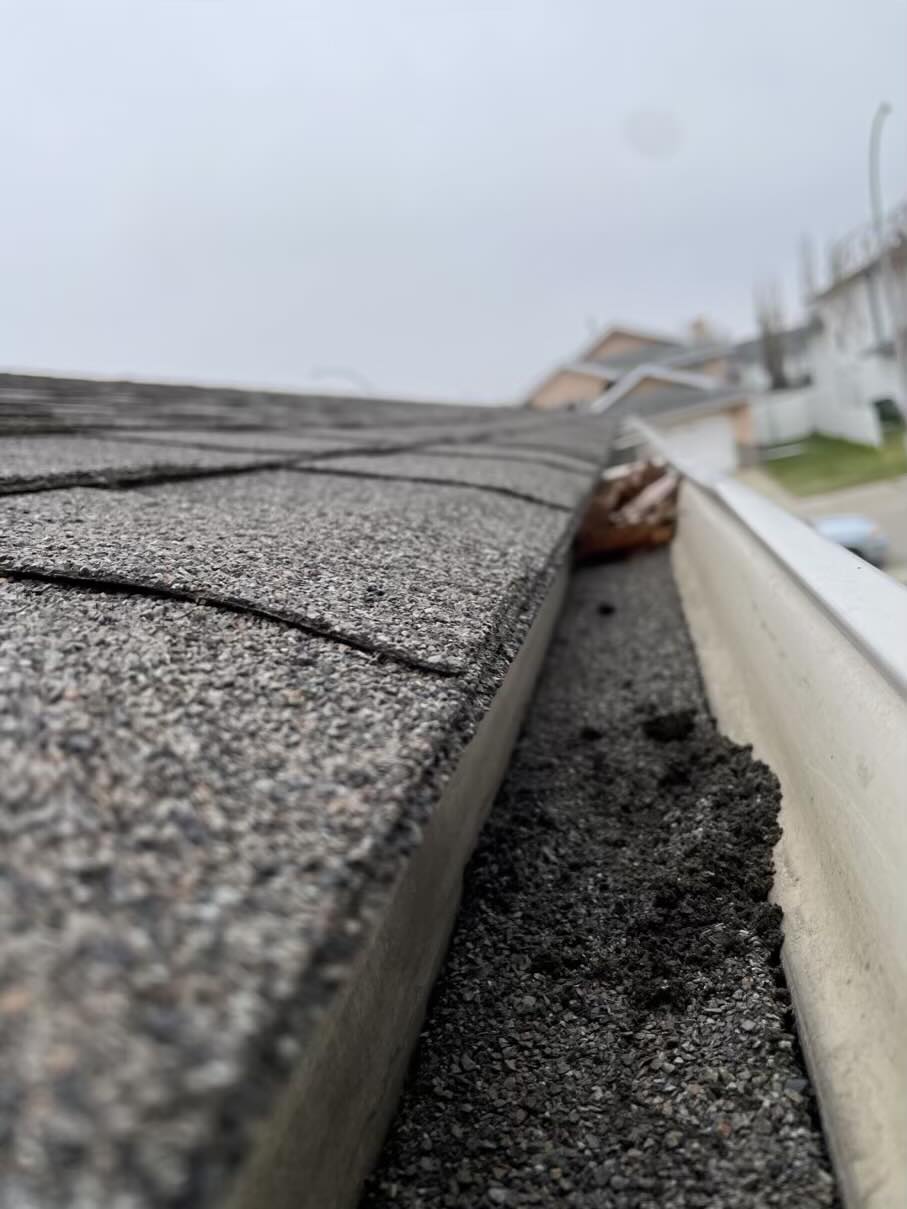
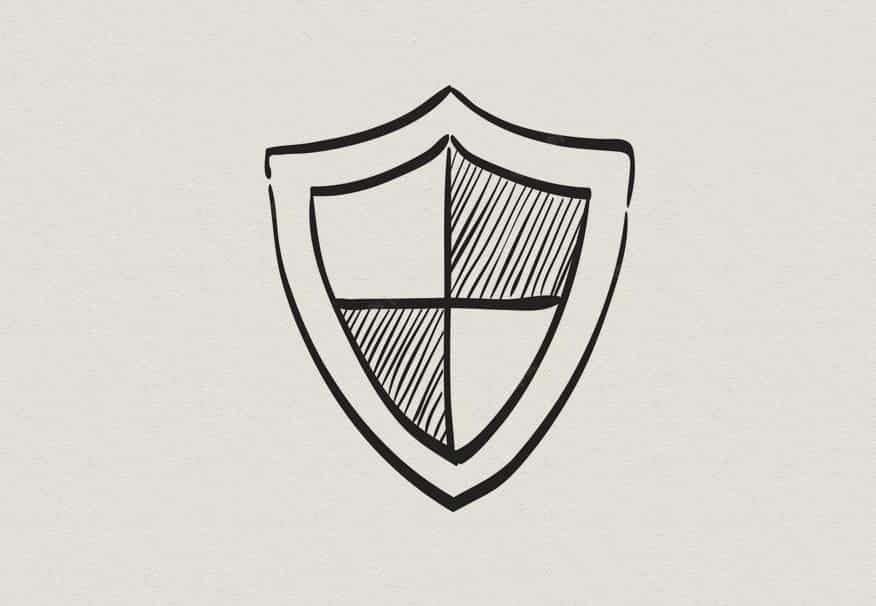
Gutter Guards
Gutter guards are an important aspect of maintaining the integrity of your home's exterior. Our team of experienced professionals is equipped to install gutter guards that will protect your eavestroughs from clogging and damage caused by leaves and debris. We use top-quality gutter guard products that are proven to be effective in keeping your eavestroughs clear and functioning properly. Our team will work closely with you to determine the best type of gutter guard for your home and budget, and we'll handle the installation process from start to finish. Gutter guards will help to minimize the need for regular eavestrough cleaning, saving you time and money. Contact us today to schedule your gutter guard installation and ensure that your home is protected from water damage.

See Our Work!
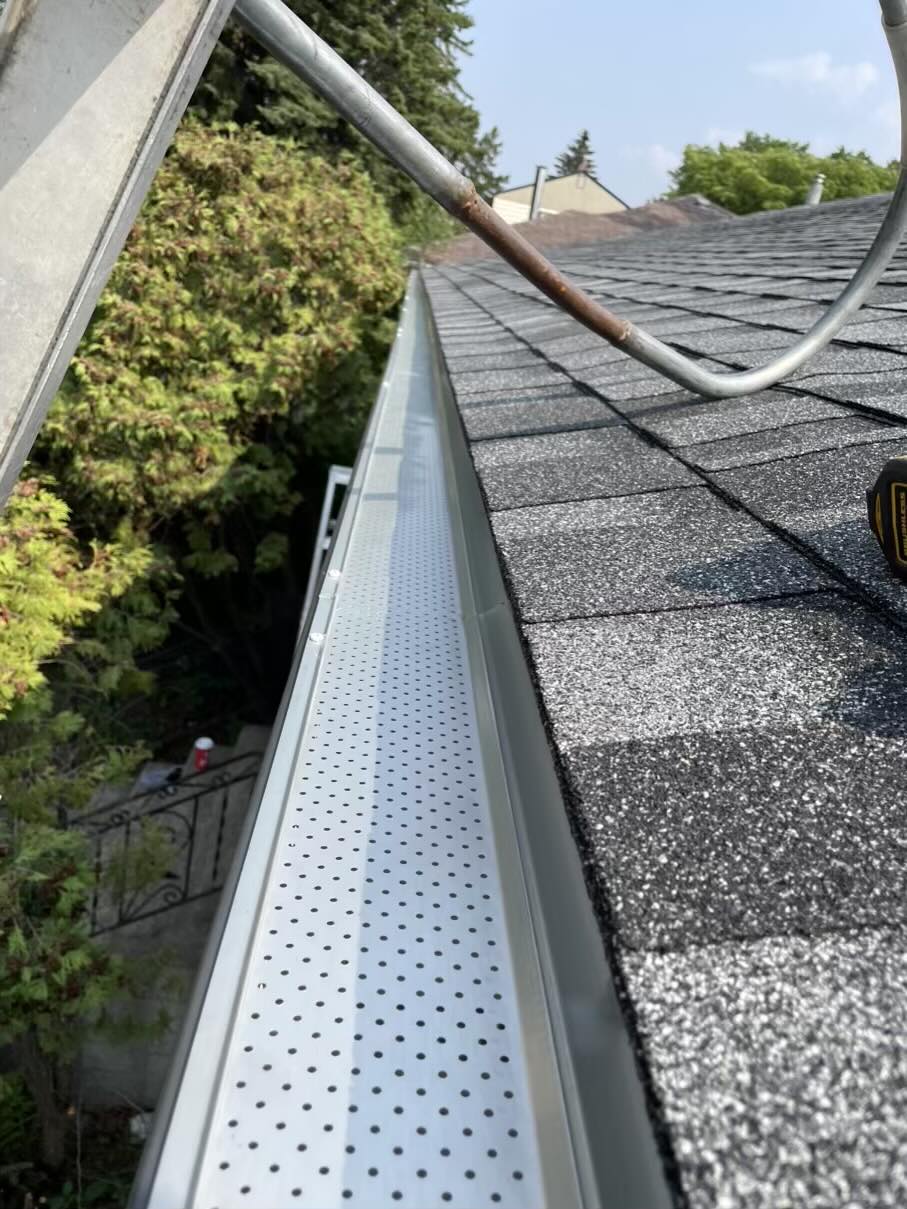
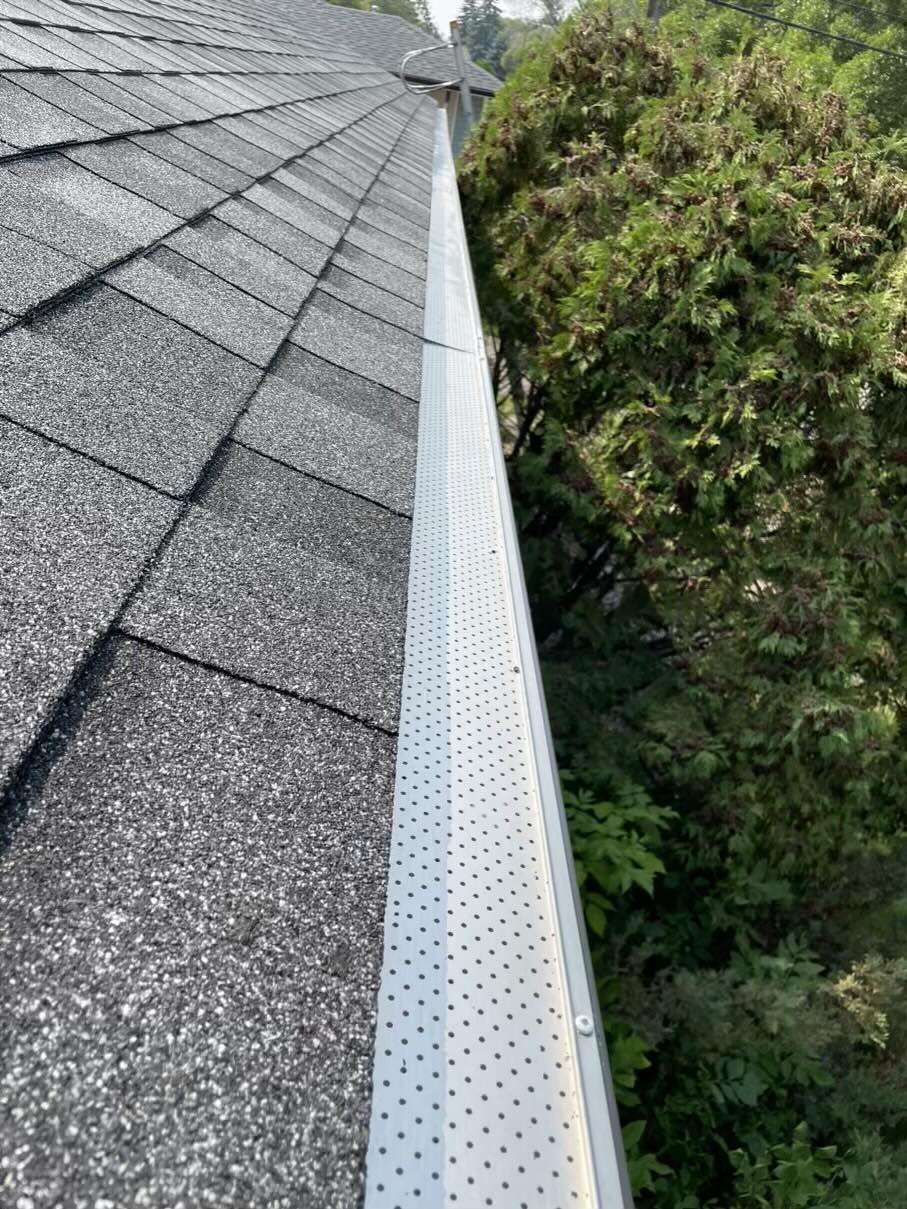
Material
*** We will accommodate any material requests, but we definitely have our preference ***
Why Steel Gutters are the Best Choice for Your Home?
Steel gutters are a top-of-the-line choice for many homeowners and builders because they offer a number of advantages over other types of gutters. Here are a few reasons why steel gutters are a great choice for your home:
- Durability: Steel is a strong and durable material that is resistant to rust and corrosion. It can withstand harsh weather conditions, making it a great choice for gutters that are exposed to the elements.
- Low maintenance: Steel gutters are easy to clean and maintain, and will not require painting or staining.
- Better Water Flow Management: Steel gutters maintain their shape under extreme weather conditions and heavy water loads, reducing the risk of sagging or warping over time. This ensures efficient water drainage and protects your home from water damage.
- Aesthetics: Steel gutters have a sleek and modern look that can add a touch of elegance to your home. They are also available in different finishes to match your home's exterior.
- Fire-resistant: Unlike vinyl or plastic alternatives, steel gutters are fire-resistant, making it a safe choice for homes in areas with a high risk of wildfire.
- Customizable: Steel gutters can be custom-made to fit the unique dimensions and design of your home.
- Long-lasting: Steel gutters have a long lifespan and can last for many years with proper maintenance.
- Eco-friendly: Steel is 100% recyclable, making it an eco-friendly choice for your home.
In addition, steel gutters are highly resistant to denting, and can withstand extreme weather conditions, it is also a relatively lightweight material which helps ease the installation process and reduces the stress on the structure of the house.
If you're looking for a high-quality, durable, and low-maintenance gutter system for your home, steel gutters are an excellent choice. Contact us today to learn more about how steel gutters can protect your home and enhance its aesthetic appeal.
Eaves
EDUCATION
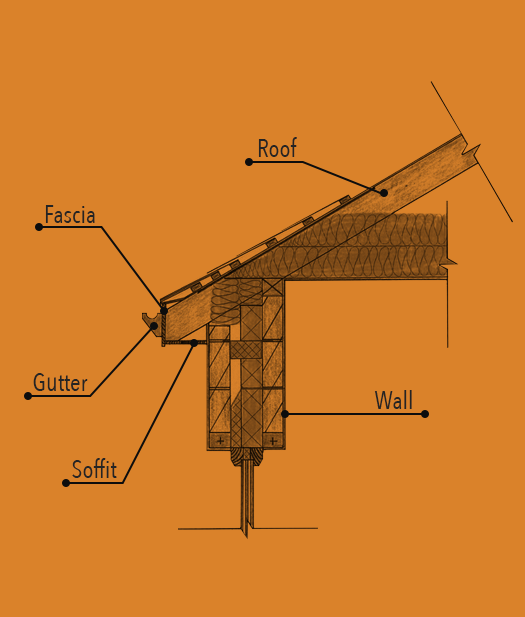
What Do Eaves Do?
Eaves on homes are the horizontal edges of a roof that extend beyond the walls of a building. They serve several important functions, including:
- Protection: Eaves provide shelter for the walls and windows of a building, protecting them from rain, snow, and other forms of precipitation.
- Ventilation: Eaves can also be used to ventilate the attic space of a home, helping to keep it cool in the summer and prevent moisture buildup in the winter.
- Aesthetics: Eaves can add visual interest to a home and can be used to complement the architectural style of the building.
- Water management: Eaves can help to direct rainwater away from the walls and foundation of a building to protect it from water damage.
- Sunlight: Eaves can provide shade on windows and walls to reduce heat gain in buildings.
Potential Eaves Issues
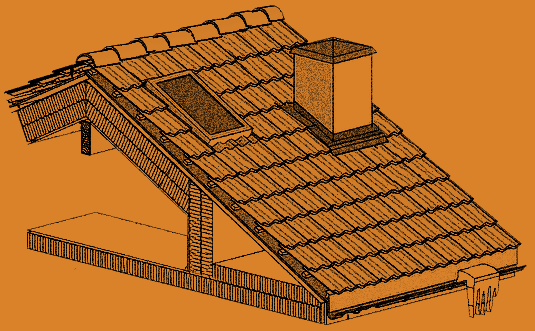
- Water damage: If the eaves are not properly installed or maintained, water can penetrate the walls and ceilings of a building, causing damage to the structure and promoting the growth of mold and mildew.
- Rot: If eaves are made of wood, they can rot over time if they are exposed to water or moisture.
- Pest infestation: Eaves can provide a hiding place for pests such as birds, squirrels, and bats, which can damage the eaves and create a nuisance.
- Clogged gutters: Eaves can become clogged with leaves and debris, preventing water from flowing properly through the gutters and causing it to back up and damage the eaves and walls of the building.
- Sagging: if the eaves are not properly supported or if the fastening materials used degrade or fail, the eaves can start sagging.
- Sunlight damage: If eaves are not properly designed or maintained, they may not provide enough shade, leading to heat buildup and sun damage on walls, and window frames.
- Aesthetics: if the eaves are not kept in good condition they can become unsightly which can affect the overall look and curb appeal of the home.
Industry
ARTICLES
The Importance of Regular Eavestrough Cleaning
The Importance of Regular Eavestrough Cleaning
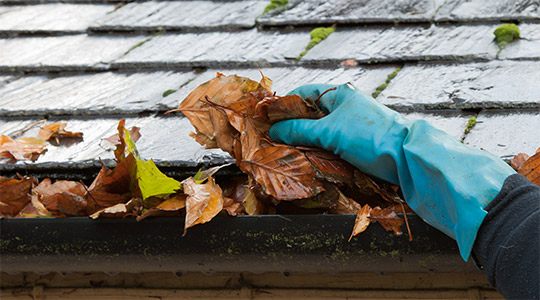
Eavestroughs are prone to accumulating debris such as leaves, twigs, and other organic matter. If left unchecked, this debris can clog the eavestroughs, preventing water from flowing freely and potentially causing damage to the home. In addition, clogged eavestroughs can also attract pests such as rodents and insects, which can further damage the system.
Regular eavestrough cleaning is essential to maintaining the health of your eavestroughs and protecting your home from water damage. It is recommended that eavestroughs be cleaned at least twice a year, once in the spring and once in the fall. This is when the most debris tends to accumulate, and it is also a good opportunity to check for any damage or leaks that may have occurred over the winter.
When it comes to eavestrough cleaning, it is always best to leave the job to the professionals. Not only do they have the necessary tools and equipment to safely and efficiently clean your eavestroughs, but they also have the experience and knowledge to identify and repair any issues that may be present.
In Edmonton Alberta, our eavestrough cleaning service is affordable and reliable. We use the most advanced tools and techniques to ensure that your eavestroughs are cleaned thoroughly and efficiently. We also provide a full inspection of the eavestroughs, checking for any damages or leaks and providing necessary repairs.
Regular eavestrough cleaning is a small investment that can save you from costly repairs and water damage in the long run. Keep your home safe and protect your investment with regular eavestrough cleaning from a professional eavestroughing company in Edmonton Alberta.
Eavestrough Maintenance: How to Keep Your Gutters in Top Shape
Eavestrough Maintenance: How to Keep Your Gutters in Top Shape

One of the most important things you can do to maintain your eavestroughs is to keep them clean. Debris such as leaves, twigs, and other materials can accumulate in your eavestroughs, clogging them and preventing them from functioning properly. This can lead to water damage, pest infestations, and other issues. It is recommended to have your eavestroughs cleaned at least twice a year, in spring and fall, or more often if you have a lot of trees around your home.
Another important aspect of eavestrough maintenance is to check for leaks and cracks. Over time, eavestroughs can become damaged due to exposure to the elements, and leaks or cracks can develop. These can lead to water damage and other issues if not addressed in a timely manner. It's a good idea to inspect your eavestroughs regularly and repair any leaks or cracks as soon as you notice them.
Eavestrough hangers are also an important component that need attention. These are the metal brackets that hold the eavestroughs in place. They can become loose over time, causing the eavestroughs to sag or pull away from the house. It's important to check the hangers and make sure they are securely fastened and properly spaced.
Another important aspect of eavestrough maintenance is to check the slope of the eavestroughs. Eavestroughs should have a slight slope to allow water to flow towards the downspout and away from the house. If the slope is not correct, water can pool in the eavestroughs and cause damage.
Finally, consider installing gutter guards to reduce the amount of debris that can accumulate in your eavestroughs and minimize the need for regular cleaning. Gutter guards are a cost-effective solution that can help protect your home from water damage and other issues caused by clogged eavestroughs.
In conclusion, eavestrough maintenance is an important aspect of protecting your home from water damage and other issues. Regular cleaning, inspecting for leaks and cracks, checking the hangers and slope, and installing gutter guards are all important steps you can take to keep your eavestroughs in top shape. Contact us today to schedule your eavestrough maintenance and ensure that your home is protected from water damage.
Why Aluminum Gutters Are a Popular Choice for Homes
Why Aluminum Gutters Are a Popular Choice for Homes
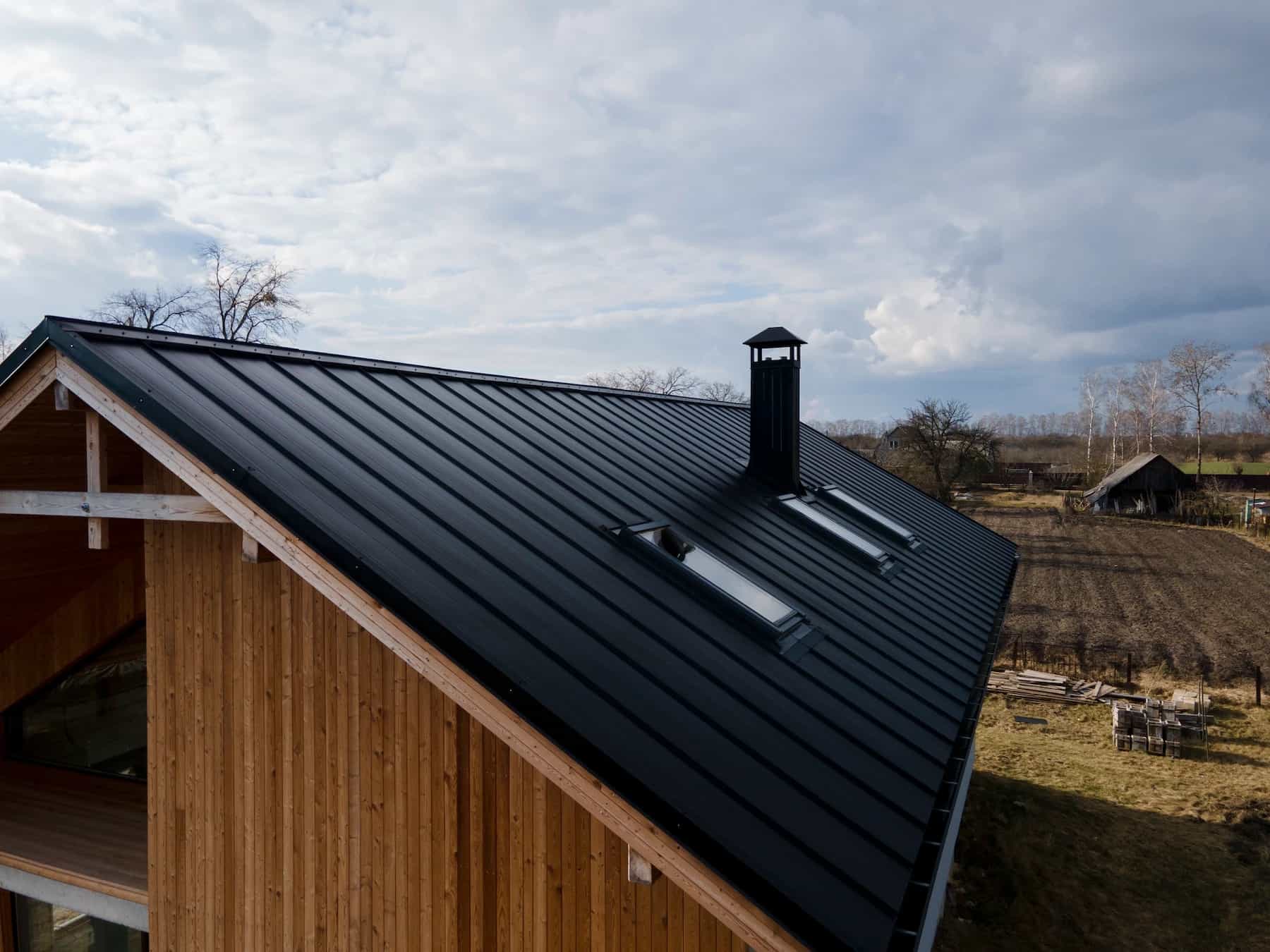
- 1. Durability: Aluminum is a lightweight yet strong material that is resistant to rust and corrosion. It can withstand harsh weather conditions, making it a great choice for gutters that are exposed to the elements.
- 2. Low maintenance: Aluminum gutters do not require painting or staining, and they are easy to clean. This makes them a great option for those who do not want to spend a lot of time and money on maintenance.
- 3. Cost-effective: Aluminum gutters are relatively inexpensive compared to other types of gutters, such as copper or steel. This makes them a great choice for those on a budget.
- 4. Variety of colours: Aluminum gutters come in a wide variety of colours, making it easy to match them to the colour of your home. This allows for a seamless look and can enhance the aesthetic appeal of your home.
- 5. Easy to install: Aluminum gutters are lightweight and easy to handle, making them a good choice for DIY installations. This can save you money on installation costs if you are handy and choose to do it yourself.
- 6. Versatile: Aluminum gutters can be made to fit a variety of rooflines, and can be customized for specific projects. This allows for a perfect fit for any home and design.
- 7. Long-lasting: Aluminum gutters have a long lifespan, and can last for many years with proper maintenance. This makes them a great investment for the long-term.
- 8. Easy to repair: If a section of an aluminum gutter becomes damaged, it is relatively easy to remove and replace the damaged section, rather than having to replace the entire gutter. This can save you money on repairs in the long run.
In conclusion, aluminum gutters are a popular choice for many homeowners and builders because they are durable, low maintenance, cost-effective, versatile, long-lasting and easy to repair. They come in a wide range of colours and can be customized to fit any home and design. If you are considering aluminum gutters for your home, it is important to consult with an expert to ensure that they are the right fit for your specific needs. Contact us today to learn more about how aluminum gutters can protect your home and enhance its aesthetic appeal.
The Benefits of Stainless Steel Gutters
The Benefits of Stainless Steel Gutters

- 1. Durability: Stainless steel is a strong and durable material that is resistant to rust and corrosion. It can withstand harsh weather conditions, making it a great choice for gutters that are exposed to the elements.
- 2. Low maintenance: Stainless steel gutters are easy to clean and maintain, and will not require painting or staining.
- 3. Rust-free: Stainless steel is rust-free, which makes it ideal for areas with high humidity or near the coast.
- 4. Aesthetics: Stainless steel gutters have a sleek and modern look that can add a touch of elegance to your home. They are also available in different finishes to match your home's exterior.
- 5. Fire-resistant: Stainless steel is fire-resistant, making it a safe choice for homes in areas with a high risk of wildfire.
- 6. Customizable: Stainless steel gutters can be custom-made to fit the unique dimensions and design of your home.
- 7. Long-lasting: Stainless steel gutters have a long lifespan and can last for many years with proper maintenance.
- 8. Eco-friendly: Stainless steel is 100% recyclable, making it an eco-friendly choice for your home.
- 9. Durable and resistant: Stainless steel gutters are highly resistant to denting and can withstand extreme weather conditions, it is also a relatively lightweight material which helps ease the installation process and reduces the stress on the structure of the house.
- 10. Low noise: Stainless steel gutters are known to produce less noise than other types of gutters during heavy rain, this could be an important factor to consider if you are looking for a quiet home environment.
- 11. Low thermal expansion: Stainless steel has low thermal expansion coefficient which means that it does not expand or contract much due to temperature changes, this helps to maintain the shape and stability of the gutter.
- 12. Low cost of ownership: Stainless steel gutters may have a higher initial cost compared to other types of gutters, but they are more durable and require less maintenance over time, which can result in lower overall cost of ownership.
If you're looking for a high-quality, durable, low-maintenance and rust-free gutter system for your home, stainless steel gutters are an excellent choice. Contact us today to learn more about how stainless steel gutters can protect your home and enhance its aesthetic appeal.
Copper Gutters: A Durable and Aesthetic Choice for Your Home
Copper Gutters: A Durable and Aesthetic Choice for Your Home
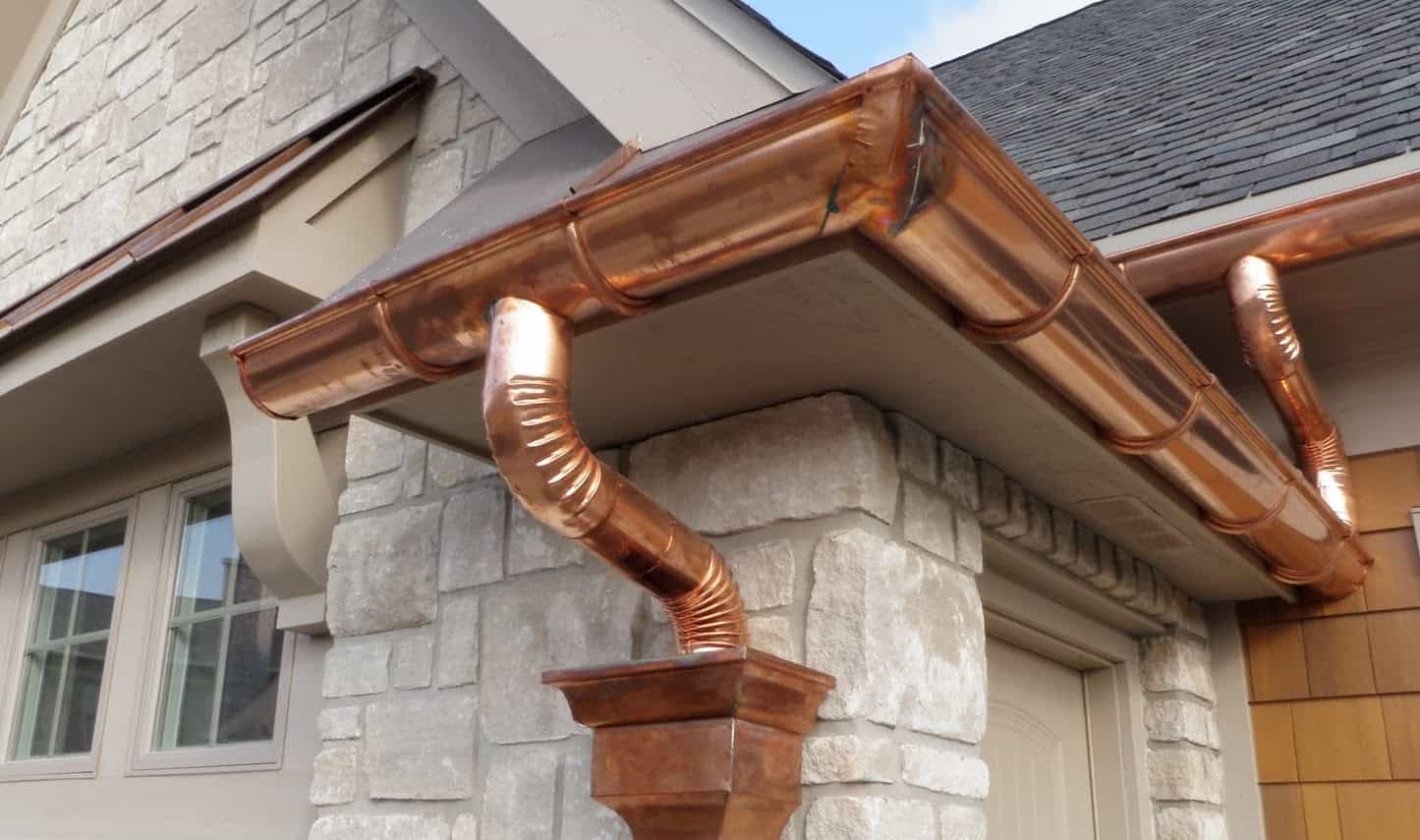
- 1. Durability: Copper gutters are known for their longevity and resistance to corrosion. They can last for decades, even in harsh weather conditions.
- 2. Low maintenance: Copper gutters are relatively low maintenance, they do not require painting or staining, and they can be cleaned with just a mild detergent and water.
- 3. Aesthetic appeal: Copper gutters have a distinctive and elegant appearance that can add to the overall aesthetic appeal of your home. They are also known for their natural patina, which gives them a unique and timeless look.
- 4. Environmentally friendly: Copper is a natural and abundant resource, it is also fully recyclable, making it an eco-friendly choice for your home.
- 5. Customizable: Copper gutters can be fabricated into different shapes and sizes to match the architectural design of the house, this makes them a great option for historic or high-end homes.
- 6. Low noise: Copper gutters are known to produce less noise than other types of gutters during heavy rain, this could be an important factor to consider if you are looking for a quiet home environment.
- 7. Low thermal expansion: Copper has low thermal expansion coefficient which means that it does not expand or contract much due to temperature changes, this helps to maintain the shape and stability of the gutter.
- 8. Low cost of ownership: Copper gutters may have a higher initial cost compared to other types of gutters, but they are more durable and require less maintenance over time, which can result in lower overall cost of ownership.
In conclusion, copper gutters are a great option for homeowners looking for a durable, low-maintenance, and elegant gutter system. They offer a unique aesthetic appeal and environmental benefits, making them a great choice for any home. Contact us today to learn more about copper gutters and to get a quote for your home.
Eavestrough Installation: What You Need to Know
Eavestrough Installation: What You Need to Know
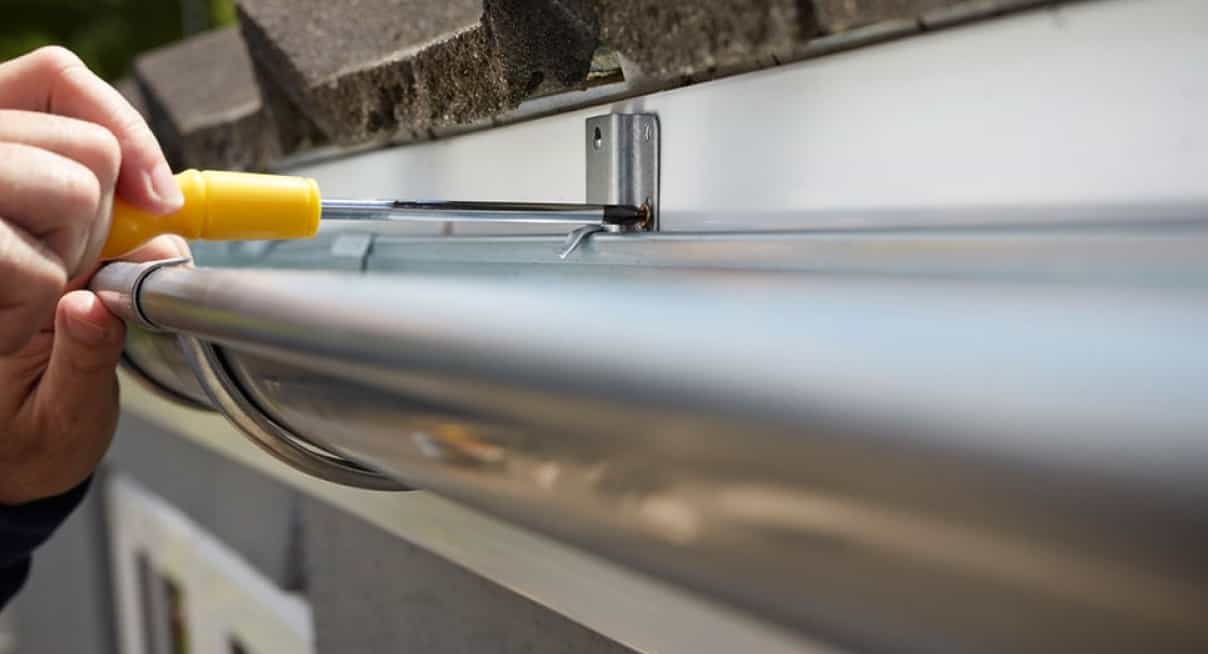
- 1. Measurement: The first step in eavestrough installation is to take accurate measurements of your roof and eavestroughs. This will ensure that your gutters are the right size and fit properly.
- 2. Materials: Eavestroughs are available in a variety of materials, including aluminum, copper, and stainless steel. Each material has its own benefits and drawbacks, so it's important to choose the right one for your home.
- 3. Slope: Eavestroughs need to have a slight slope, or pitch, to ensure that water flows properly and does not accumulate in the gutters. This slope should be about 1/4 inch for every 10 feet of gutter.
- 4. Hangers: Hangers are used to secure the eavestroughs to the roof. It's important to use the right type and number of hangers to ensure that the gutters are properly supported and do not sag or pull away from the house.
- 5. Downspouts: Downspouts are used to channel water from the eavestroughs to the ground. It's important to install them properly and make sure that they are large enough to handle the volume of water coming from your roof.
- 6. Seams: Seams are the joints between sections of eavestroughs. It's important to make sure that they are properly sealed to prevent leaks.
- 7. Professional installation: Eavestrough installation can be a complex and time-consuming task. Hiring a professional eavestrough contractor can ensure that the job is done correctly and that your guttersfunction properly for many years. A professional contractor will have the experience and expertise to properly measure, install and maintain your eavestroughs, ensuring that they are properly sloped, securely fastened, and properly sealed.
- 8. Maintenance: Regular eavestrough maintenance is also important to ensure that your gutters continue to function properly. This includes cleaning your eavestroughs of debris, such as leaves and twigs, to prevent clogs and blockages. Also, periodically checking for any leaks or damage, and making any necessary repairs.
- 9. Gutter guards: Gutter guards can be installed to prevent debris from clogging your eavestroughs and to make cleaning easier. These guards can be made of different materials such as mesh, foam or reverse curve and can be chosen based on the specific needs of your home and the environment.
- 10. Permits: Some areas require a permit for eavestrough installation. It's important to check with your local building code office to ensure that you are in compliance with any regulations.
Eavestrough installation is a crucial step in protecting your home from water damage. By following these guidelines and hiring a professional contractor, you can ensure that your gutters are properly installed and functioning for many years to come. Contact us today to learn more about eavestrough installation and maintenance.
How to Protect Your Eavestroughs from Debris
How to Protect Your Eavestroughs from Debris

- 1. Regular cleaning: One of the most effective ways to protect your eavestroughs from debris is to clean them regularly. This can be done by using a ladder and a scoop or trowel to remove any debris that has accumulated in the eavestroughs.
- 2. Gutter guards: Gutter guards can be installed on your eavestroughs to prevent debris from entering and clogging them. These guards can be made of different materials, such as mesh, foam, or reverse curve, and can be chosen based on the specific needs of your home and the environment.
- 3. Trim nearby trees: Tree branches and leaves are one of the most common causes of eavestrough clogs. By keeping trees and other foliage trimmed away from the house, you can reduce the amount of debris that enters the eavestroughs.
- 4. Remove debris from the roof: Debris on the roof, such as moss, lichen, or leaves, can be blown into the eavestroughs by wind. Cleaning the roof regularly can help to reduce the amount of debris that enters the eavestroughs.
- 5. Schedule a professional cleaning: if cleaning the eavestroughs yourself is not possible, consider hiring a professional to do it for you. They have the tools and expertise to do a thorough job and can also check for any damage or leaks in the process.
- 6. Check for leaks: Regularly checking for leaks in the eavestroughs and making any necessary repairs can help to prevent water damage to your home.
- 7. Use downspout extenders: These are attachments that you can add to the bottom of your downspouts to direct water away from your foundation, this can help to prevent water from backing up into your eavestroughs.
Eavestrough Repairs: How to Fix Common Issues
Eavestrough Repairs: How to Fix Common Issues
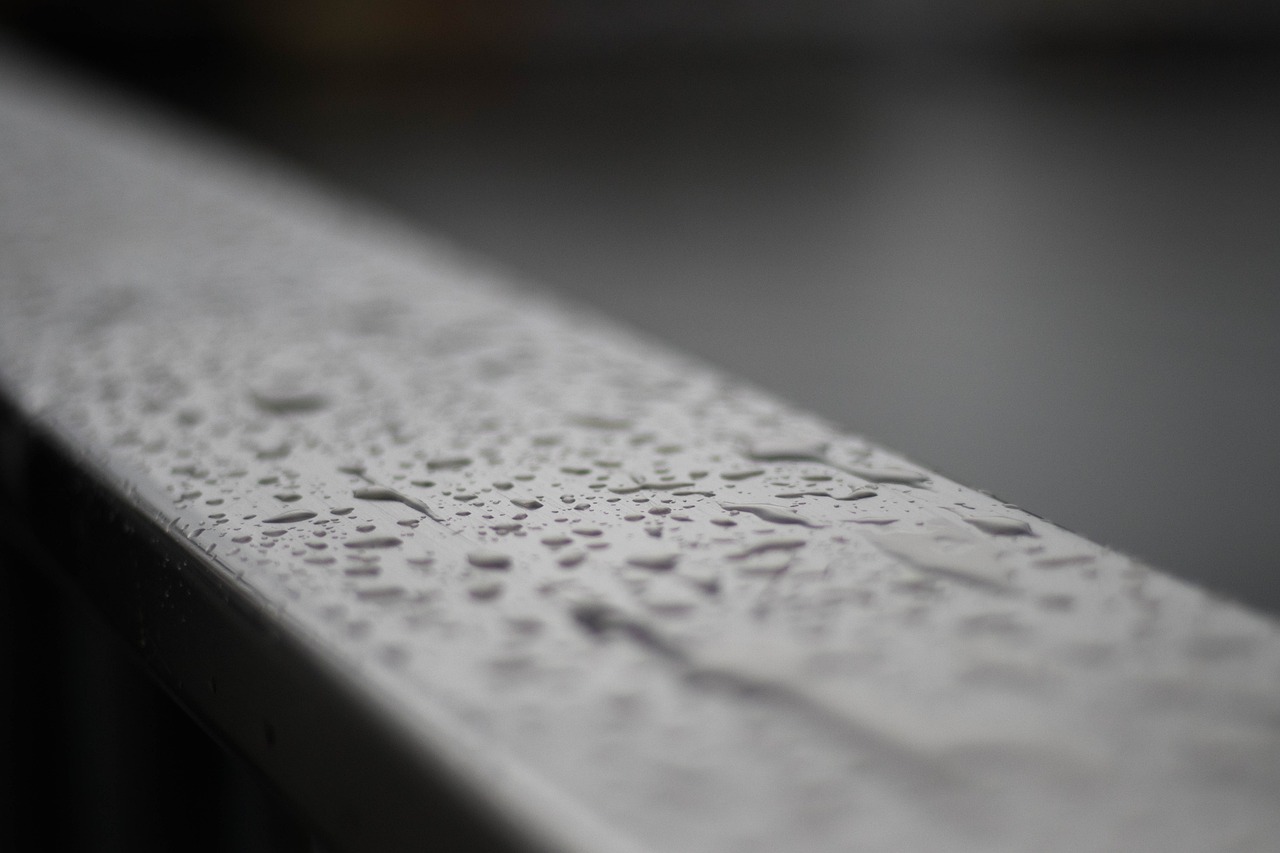
- 1. Leaks: Leaks can occur in eavestroughs due to holes or cracks in the metal. To fix leaks, you can patch the hole or crack with a sealant, or replace the damaged section with a new piece of eavestrough.
- 2. Sagging eavestroughs: Sagging eavestroughs can occur due to a lack of support or improper installation. To fix this issue, you can add hangers or brackets to provide support, or re-install the eavestrough to ensure it is properly secured.
- 3. Clogs: Clogs can occur in eavestroughs due to debris, such as leaves and twigs. To fix this issue, you can remove the debris by hand or with a ladder and a scoop or trowel.
- 4. Separated eavestroughs: Eavestroughs can become separated from the house due to a lack of support or improper installation. To fix this issue, you can re-attach the eavestrough to the house with new hangers or brackets.
- 5. Rusted eavestroughs: Rusted eavestroughs can occur due to exposure to moisture and can lead to leaks and other issues. To fix this issue, you can remove the rust by sanding or wire brushing and then apply a rust inhibitor.
- 6. Bent or dented eavestroughs: Bent or dented eavestroughs can occur due to impact or heavy loads. To fix this issue, you can straighten the eavestrough by hand or with a tool and then seal any cracks or holes.
It's worth noting that some of these repairs are best left to professional, especially if you are not familiar with working on ladders or roofs. It's also important to note that, even with regular cleaning and maintenance, eavestroughs can only last for so long before they need to be replaced. If you notice that your eavestroughs are showing significant signs of wear and tear, it may be time to consider a replacement.
Additionally, it's a good idea to regularly inspect your eavestroughs for any issues and make repairs as needed. This can help to prevent small issues from becoming bigger and more costly problems. If you're unsure about how to fix an issue or if it's a bigger problem that needs professional help, don't hesitate to contact a professional eavestrough repair service.
In conclusion, eavestrough repairs are important to maintain the integrity of your home's roofing system. Regular cleaning, maintenance, and repairs can help to prevent water damage and prolong the life of your eavestroughs. Contact us today to learn more about eavestrough repair services and schedule an inspection.
The Advantages of Seamless Gutters
The Advantages of Seamless Gutters
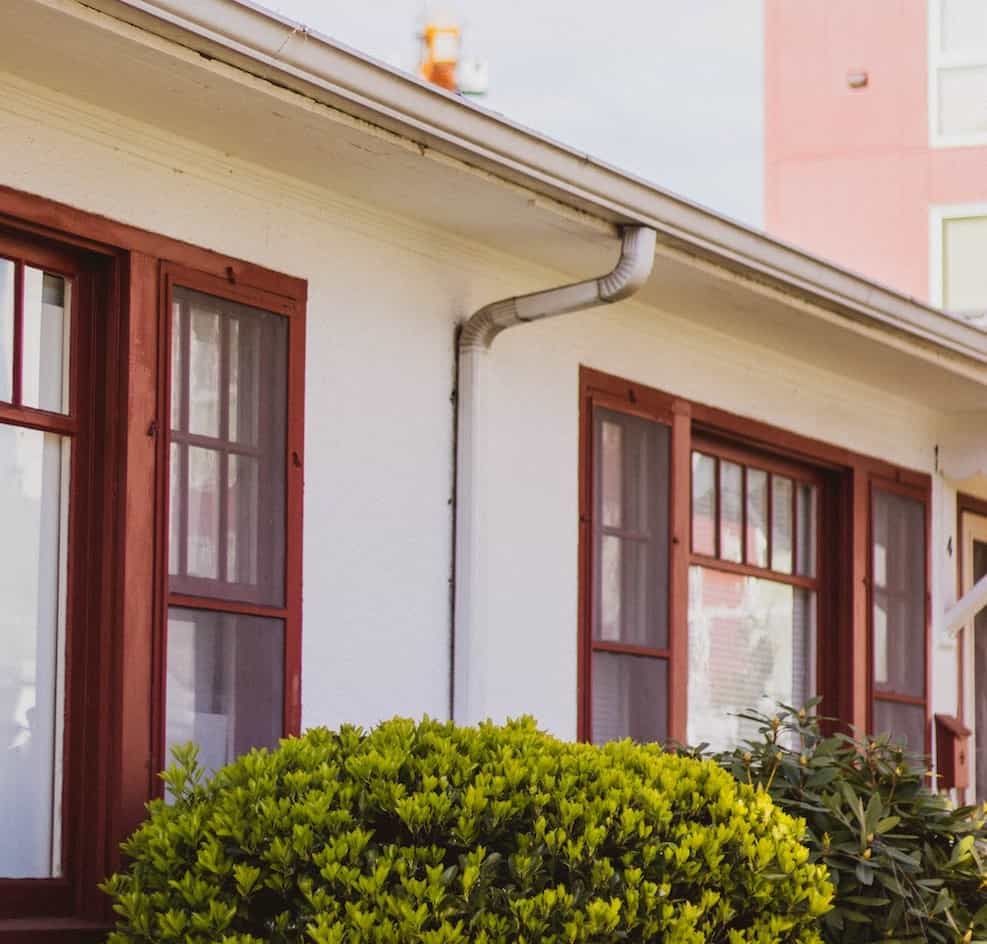
One of the main advantages of seamless gutters is their durability. Traditional gutters have seams where sections of gutter are joined together, which can be a weak point for leaks and water damage. Seamless gutters, on the other hand, have no seams, making them less likely to leak or become clogged. This means that they require less maintenance and will last longer, saving you time and money in the long run.
Seamless gutters are also a great option for homeowners looking for a low-profile, aesthetic solution. Because they are custom-made on-site, they can be designed to match the specific style and colour of your home, making them less noticeable and more visually appealing. Additionally, by eliminating the need for seams, seamless gutters create a clean, sleek look that can enhance the curb appeal of your home.
Another advantage of seamless gutters is their versatility. They can be made from a variety of materials such as aluminum, copper, and stainless steel. Each material has its own unique properties that can provide different benefits. For example, aluminum is a lightweight and affordable option, while copper is a durable and eco-friendly option. By choosing a seamless gutter made from the material that best suits your needs and preferences, you can ensure that your gutters will be effective in protecting your home for many years to come.
Lastly, seamless gutters are easy to install and customize to your specific needs. They are measured, cut and fabricated on-site to fit your home perfectly, which means that they can be designed to accommodate any type of roof or gutter system, regardless of the size or shape of your home.
In conclusion, seamless gutters are a great option for homeowners looking for a durable, low-maintenance, and visually appealing solution for their homes. They are made from a variety of materials, and custom-made on-site to fit the specific measurements of your home. Seamless gutters are versatile, easy to install and less likely to leak or become clogged, thus requiring less maintenance. If you're considering new gutters for your home, be sure to consider the many benefits of seamless gutters.
Eavestrough Cleaning: Tips and Tricks
Eavestrough Cleaning: Tips and Tricks

The first step in eavestrough cleaning is to gather the right tools. You will need a sturdy ladder, a pair of gloves, a small trowel or scoop, and a hose with a nozzle. It's also a good idea to have a bucket or container on hand to collect debris.
When you're ready to start cleaning, be sure to set up your ladder on a level surface and secure it to prevent it from tipping over. Make sure to wear gloves to protect your hands from sharp debris and be mindful of power lines when setting up your ladder.
Once you have safely ascended the ladder, use the trowel or scoop to remove debris from the gutters. Be sure to work slowly and carefully to avoid accidentally damaging the gutters or causing a spill.
Once all of the debris has been removed, use the hose to flush out the gutters and downspouts. This will remove any remaining debris and help to ensure that the water is flowing freely. If you notice any clogs or blockages in the downspouts, use a plumber's snake or a similar tool to remove them.
Next, inspect the gutter hangers and brackets that secure the gutters to your home. Check for any signs of rust or wear and replace any hangers or brackets that are damaged. This will help to ensure that your gutters are securely attached to your home and will prevent them from sagging or pulling away.
Lastly, consider installing gutter guards. These devices sit on top of your gutters and help to prevent debris from entering and clogging them. Gutter guards come in a variety of styles and materials, and can be easily installed by a professional.
In conclusion, eavestrough cleaning is an important task that should be done regularly to protect your home from water damage. With the right tools, proper technique, and a little bit of care, eavestrough cleaning can be a relatively simple and safe task. It is also important to keep an eye on the state of your gutter hangers and brackets, and to consider installing gutter guards to reduce the frequency of cleaning. By following these tips and tricks, you can help to keep your eavestroughs in top shape and ensure that they are working properly to protect your home.
Gutter Materials: Aluminum vs Copper vs Stainless Steel
Gutter Materials: Aluminum vs Copper vs Stainless Steel
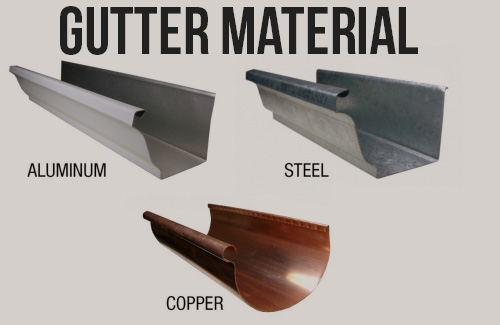
Aluminum gutters are a popular choice among homeowners due to their affordability and durability. They are lightweight and easy to install, making them a great option for DIY projects. They are also resistant to rust and corrosion, which means they require minimal maintenance. However, they are not as strong as other materials and can dent easily.
Copper gutters are a more expensive option, but they offer a classic and elegant look. They are extremely durable and can last for decades without needing to be replaced. They are also resistant to rust and corrosion, making them a great option for coastal areas or homes with high acidity in the rainwater. Copper gutters can also be formed into intricate shapes, which makes them a great option for historic homes. However, they are also heavy, which can make installation more difficult and expensive.
Stainless steel gutters are a newer option on the market and they offer a number of advantages. They are extremely durable and can withstand extreme weather conditions, making them a great option for homes in areas with harsh winters or heavy rainfall. They are also rust and corrosion-resistant, and they are low maintenance. Additionally, they are available in a variety of colours, which makes them a great option for homeowners who want a custom look. However, they are also more expensive than other materials.
In conclusion, when choosing the right gutter material for your home, it's important to consider your budget, the climate and weather conditions in your area, as well as the aesthetic look you are going for. Aluminum and copper gutters are both good options, but they have different pros and cons. Stainless steel gutters are a newer, more expensive option that has some advantages over other materials. Ultimately, the choice will depend on your specific needs and preferences.
Gutter Maintenance: How to Prevent Clogs and Leaks
Gutter Maintenance: How to Prevent Clogs and Leaks
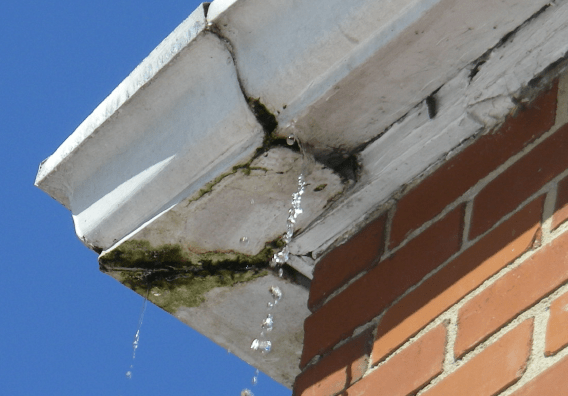
One of the most important things you can do to prevent clogs in your gutters is to keep them clean. Leaves, twigs, and other debris can accumulate in your gutters over time, causing clogs that can lead to water damage. To prevent this, you should clean your gutters at least twice a year, once in the spring and once in the fall. This will ensure that any debris that has accumulated over the winter or summer months is removed before it can cause problems.
Another way to prevent clogs is to install gutter guards. Gutter guards are designed to keep debris out of your gutters while still allowing water to flow through. They are available in a variety of materials, including metal, plastic, and foam, and can be easily installed by a professional.
In addition to preventing clogs, it's also important to take steps to prevent leaks in your gutters. One of the most common causes of leaks is improper installation. To prevent leaks, make sure that your gutters are properly pitched and that all of the joints are properly sealed.
Another way to prevent leaks is to check your gutters for damage on a regular basis. Look for cracks, holes, or other signs of wear and tear, and make repairs as needed. You should also check the hangers and other hardware that holds your gutters in place, making sure that they are still securely attached to your home.
Finally, it's a good idea to have a professional inspect your gutters on a regular basis, particularly if you have an older home or if you live in an area with extreme weather conditions. An experienced professional will be able to identify any potential problems and make recommendations for repairs or maintenance.
In conclusion, preventing clogs and leaks in your gutters is important for protecting your home from water damage. Regular cleaning, installing gutter guards, proper installation, regular inspection, and making repairs as needed can all help prevent problems and keep your gutters in top shape.
The Role of Eavestroughs in Protecting Your Home from Water Damage
The Role of Eavestroughs in Protecting Your Home from Water Damage
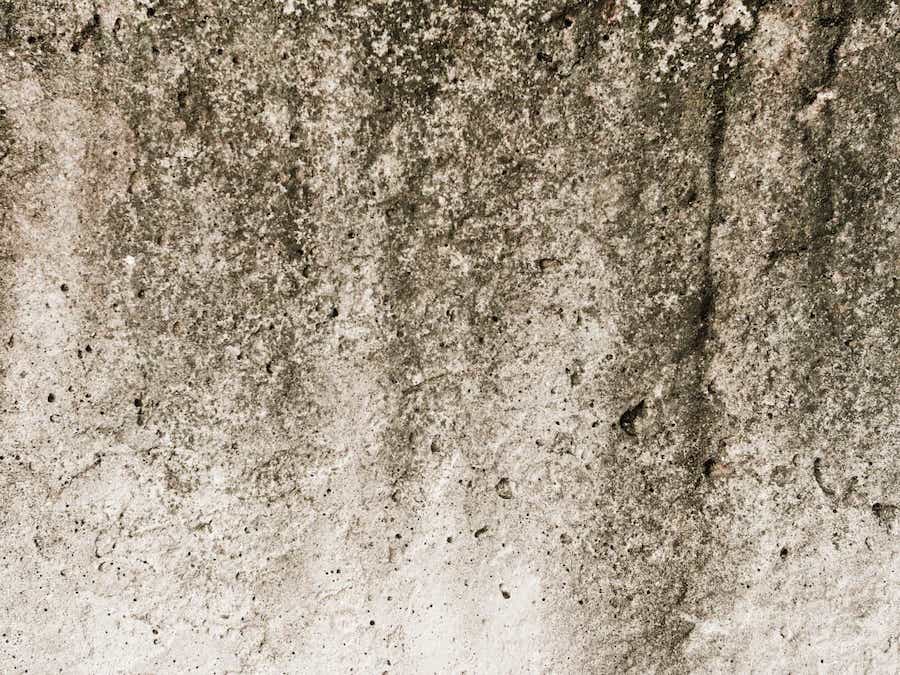
When it rains, water runs off your roof and down the sides of your home. Without eavestroughs, this water would flow directly onto the ground at the base of your home, potentially causing damage to your foundation and basement. Eavestroughs catch the water and direct it away from your home, helping to prevent water damage.
Eavestroughs also help to prevent water damage by preventing water from pooling around your home. Water that pools around your home can seep into the foundation and walls, causing damage over time. Eavestroughs help to channel the water away from your home, preventing it from pooling and causing damage.
Eavestroughs also play an important role in protecting your roof. If water is allowed to run off your roof and onto the ground at the base of your home, it can cause damage to your roofing material and the structure of your roof. Eavestroughs help to channel the water away from your roof, preventing damage and prolonging the life of your roof.
It's important to keep your eavestroughs in good working order to ensure that they can continue to protect your home from water damage. This means cleaning your eavestroughs regularly to remove debris, checking for leaks and other damage, and making repairs as needed. It's also a good idea to have a professional inspect your eavestroughs on a regular basis, particularly if you have an older home or if you live in an area with extreme weather conditions.
In conclusion, eavestroughs play an important role in protecting your home from water damage. They help to channel water away from your home, preventing damage to your roof, walls, and foundation. Regular maintenance and inspection of your eavestroughs is essential to ensure they can continue to protect your home.
Gutter Guard Reviews: Which Product is Right for You?
Gutter Guard Reviews: Which Product is Right for You?
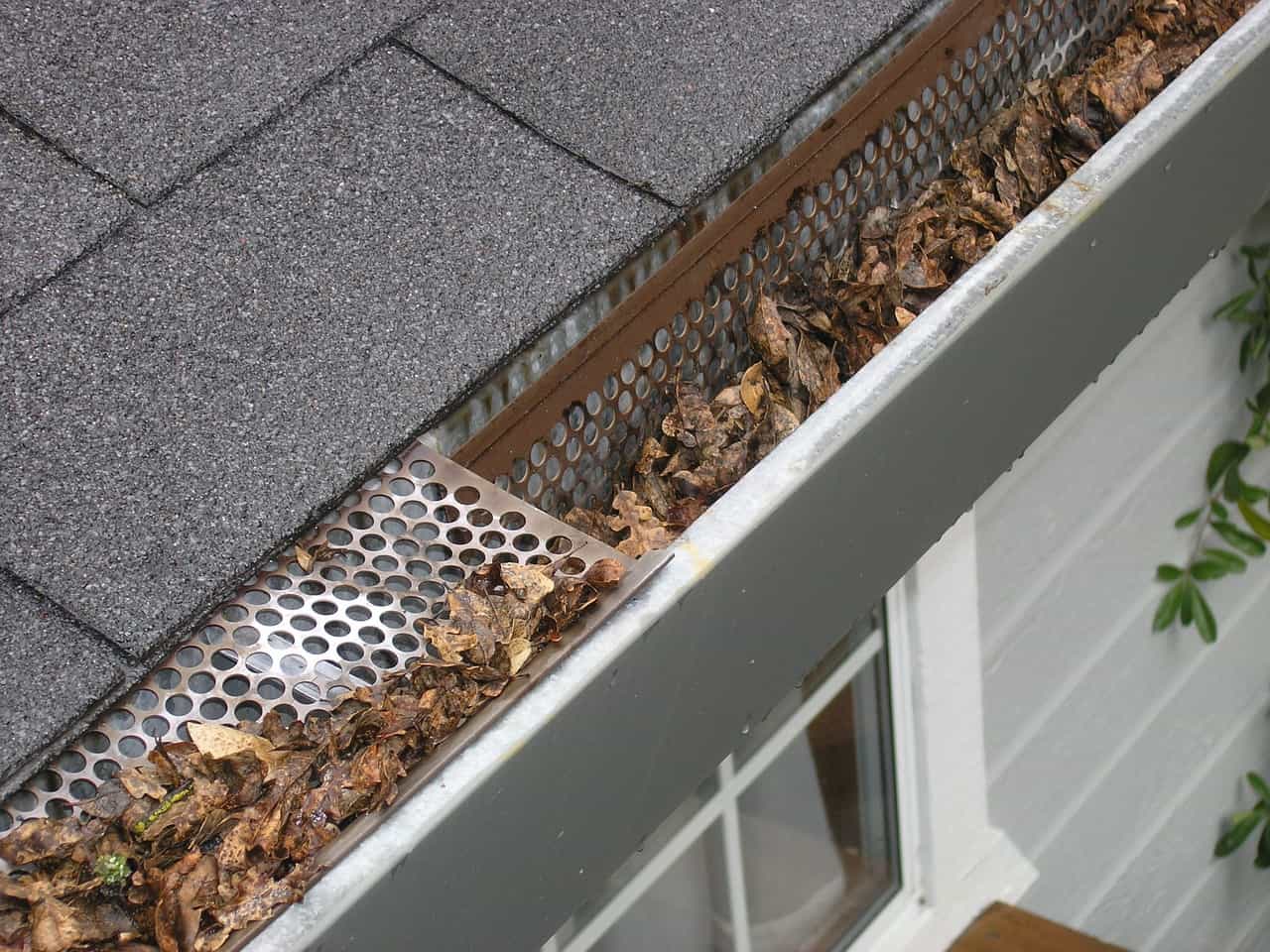
However, with so many different gutter guard products available on the market, it can be difficult to know which one is the right choice for your home. In this article, we'll take a look at some of the most popular gutter guard products available and give you an overview of the features and benefits of each so you can make an informed decision.
First, there are mesh gutter guards. These products are made from a fine mesh material that sits on top of your eavestroughs and prevents debris from entering. They are relatively inexpensive and easy to install, but they can be less durable than other options and may need to be replaced more frequently.
Next, there are foam gutter guards. These products are made from a foam material that sits inside your eavestroughs and prevents debris from entering. They are more durable than mesh gutter guards and can last for many years, but they can be more expensive and may be more difficult to install.
Another option is the reverse curve gutter guard. These products have a curved design that causes water to flow into the eavestroughs while pushing debris away. They are very effective in preventing clogs, but can be quite expensive and may require professional installation.
Lastly, there are the solid top gutter guards. They are made of a solid sheet of material that sits on top of the eavestroughs and prevents debris from entering. They are very durable and effective at preventing clogs, but they can be difficult to install and may be more expensive.
When it comes to choosing the right gutter guard product for your home, there are a few key things to consider. First, think about the type of debris that commonly clogs your eavestroughs and choose a product that is designed to handle that type of debris. Next, think about the cost of the product and how often it will need to be replaced. Finally, consider the ease of installation and whether you are comfortable installing the product yourself or if you will need to hire a professional.
All in all, gutter guards are a great way to protect your eavestroughs from debris and keep them in top working condition. By considering the features, benefits, and drawbacks of each option, you can make an informed decision and choose the product that is right for your home and budget.
Eavestroughs 101: Understanding the Basics
Eavestroughs 101: Understanding the Basics
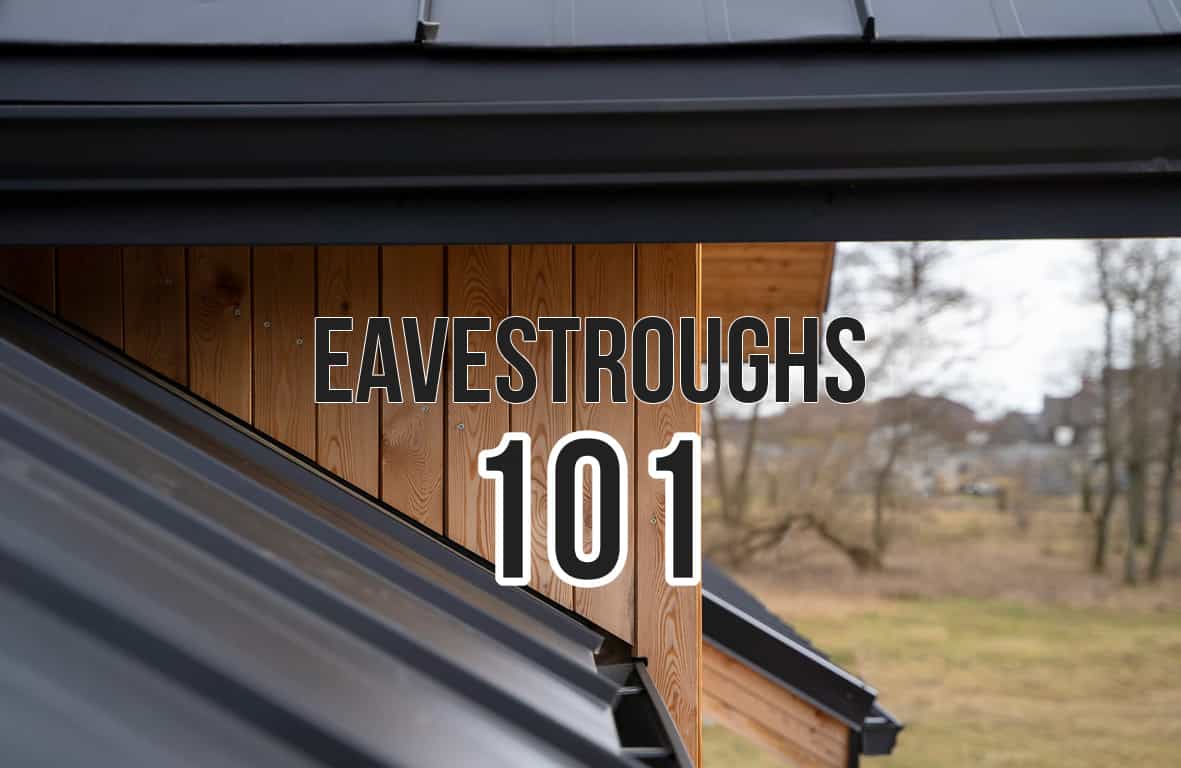
When it comes to understanding eavestroughs, there are a few key things you should know. First, it's important to understand the components of an eavestrough system. This typically includes the eavestroughs themselves, downspouts, elbows, and hangers. The eavestroughs are the long, narrow channels that run along the edges of your roof, while the downspouts are the vertical pipes that carry water from the eavestroughs to the ground. Elbows are used to change the direction of the eavestroughs, and hangers are used to attach the eavestroughs to your home.
Another important thing to understand about eavestroughs is that they can be made from a variety of materials, including aluminum, copper, and stainless steel. Aluminum eavestroughs are the most common and are known for their durability and resistance to rust and corrosion. Copper eavestroughs are known for their aesthetic appeal and durability, but they can be quite expensive. Stainless steel eavestroughs are known for their strength and resistance to rust and corrosion, but they can be more expensive than aluminum eavestroughs.
It's also important to understand the importance of regular eavestrough maintenance. This includes cleaning your eavestroughs of debris, such as leaves and twigs, to prevent clogs and leaks. It's also important to check for any signs of damage, such as rust or holes, and make repairs as necessary. If you're not comfortable performing eavestrough maintenance yourself, it's best to hire a professional to do the job for you.
Lastly, it's important to understand that eavestroughs can play an important role in protecting your home from water damage. By directing rainwater away from your home's foundation, eavestroughs can help to prevent leaks, mold, and other forms of water damage. Additionally, by keeping your eavestroughs clean and in good repair, you can ensure that they continue to function properly and protect your home for years to come.
In conclusion, eavestroughs are an essential component of any home, and understanding the basics of eavestroughs can help you take better care of your home. From knowing the components of an eavestrough system to the importance of regular maintenance, being informed about eavestroughs can ensure they are working properly and protect your home from water damage. It's also important to consider the material of your eavestroughs, as each has its own unique properties and benefits. Whether you choose aluminum, copper, or stainless steel, it's important to keep them in good condition to ensure they will last for years to come. Additionally, there are a variety of gutter guard products available on the market, which can help to prevent clogs and make maintenance easier. Ultimately, taking care of your eavestroughs is an important part of maintaining your home and protecting it from water damage.
The Importance of Properly Pitch Eavestroughs
The Importance of Properly Pitch Eavestroughs
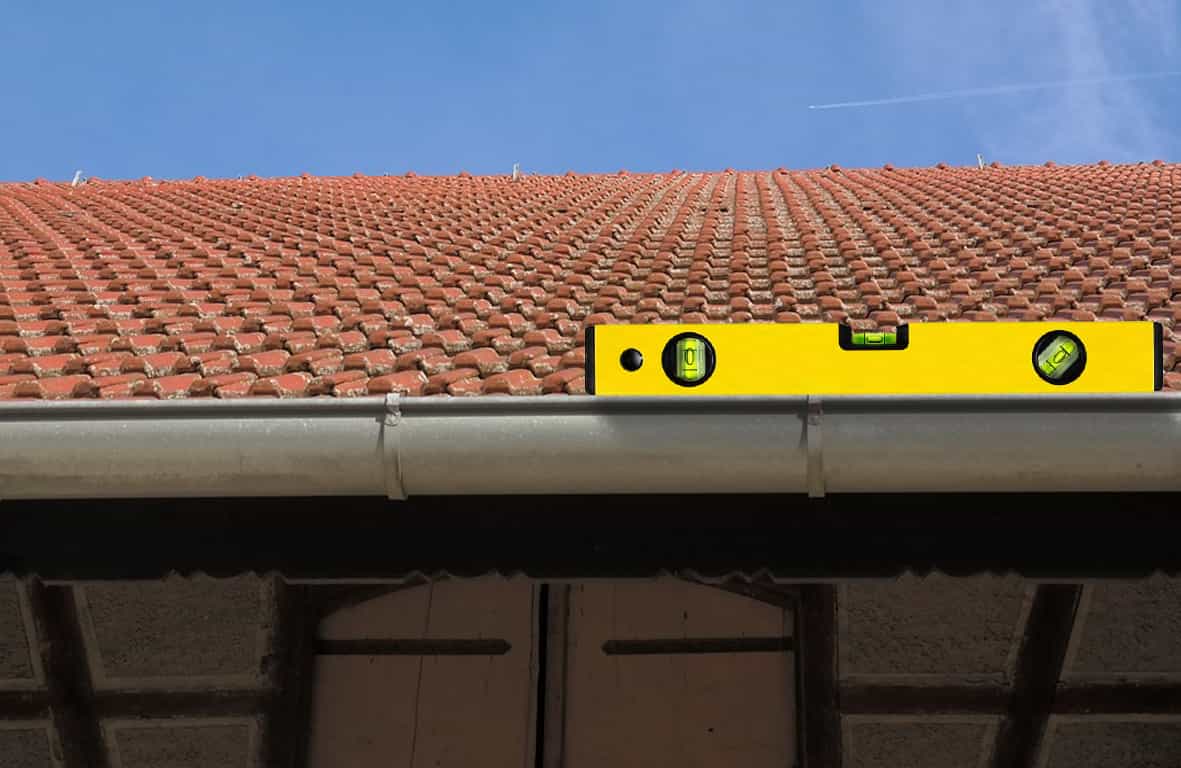
Properly pitched eavestroughs allow water to flow freely through the system, preventing clogs and ensuring that water is directed away from your home. A common mistake in eavestrough installation is not giving enough pitch, which can lead to water pooling and overflow. This can cause damage to the eavestroughs themselves, as well as to the surrounding areas of your home.
Proper eavestrough pitch is typically around a quarter inch for every 10 feet of eavestrough. This may vary depending on the size of your eavestroughs and the amount of water they will be handling. It's important to check the pitch of your eavestroughs regularly and make any necessary adjustments to ensure they are properly pitched.
If your eavestroughs are not properly pitched, it's important to have them re-installed by a professional. This will ensure that they are pitched correctly, and that the job is done safely and correctly. Regular maintenance and inspections will also help you to catch any problems with your eavestroughs before they become major issues.
In summary, properly pitched eavestroughs are essential for the proper functioning of your home's drainage system and protecting your home from water damage. Regular maintenance and inspections will help you to ensure that your eavestroughs are pitched correctly, so that water flows freely through your system and is directed away from your home.
Eavestroughs and Water Management
Eavestroughs and Water Management
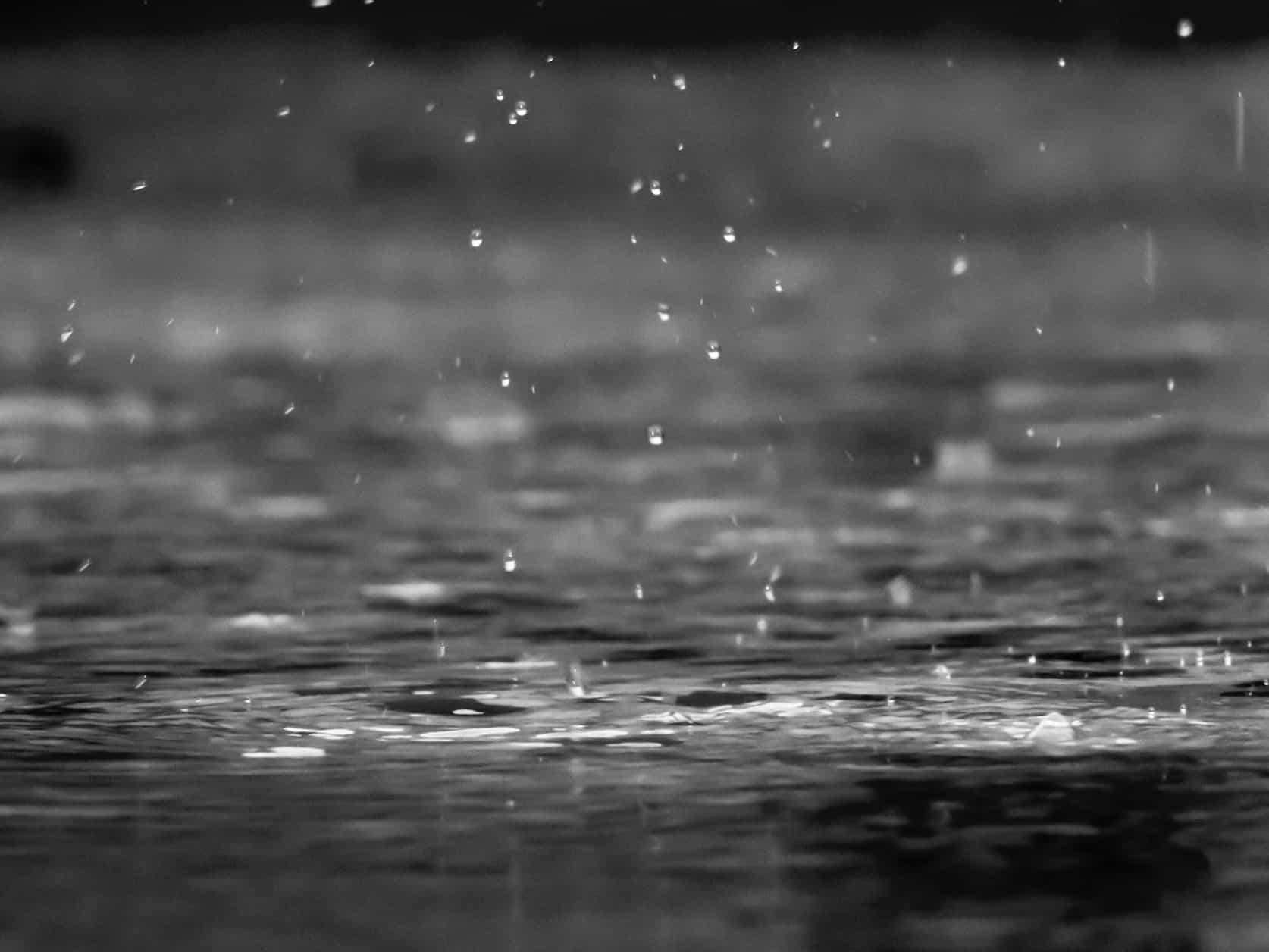
When it rains or snows, water runs off your roof and into the eavestroughs. The eavestroughs then transport the water to the downspouts, which direct the water away from your home's foundation. This is important because if water is allowed to pool around the foundation of your home, it can cause serious damage over time, including cracking, shifting, and even flooding.
Properly functioning eavestroughs are essential for effective water management around your home. However, eavestroughs can become clogged with debris, such as leaves and twigs, which can disrupt the flow of water and cause water to overflow. This is why regular eavestrough cleaning and maintenance is crucial for preventing water damage and ensuring that your home stays safe and dry.
In addition to keeping your eavestroughs clean, there are other steps you can take to manage water around your home. For example, you can install gutter guards to prevent debris from clogging your eavestroughs, and make sure that your downspouts are properly positioned to direct water away from your home's foundation.
Properly managing water is an important aspect of home ownership. With the right steps and regular maintenance, you can keep your home safe and dry by ensuring that your eavestroughs are functioning correctly and effectively managing water.
Gutter Protection Systems: A Comprehensive Guide
Gutter Protection Systems: A Comprehensive Guide

There are many different types of gutter protection systems available on the market, each with their own unique features and benefits. Some popular options include:
- • Mesh gutter guards: These guards are made from a fine mesh material that allows water to flow through while preventing debris from entering the gutter. They are easy to install and are a cost-effective option for homeowners.
- • Foam gutter guards: These guards are made from a foam material that is inserted into the gutter. The foam expands and fills the gutter, creating a barrier that prevents debris from entering. They are also easy to install and are a cost-effective option.
- • Reverse curve gutter guards: These guards are designed with a curved surface that forces debris to slide off the gutter and fall to the ground, rather than entering the gutter. They are more expensive than mesh or foam guards but are more effective in preventing debris from entering the gutter.
- • Gutter covers: These are covers that are placed over the top of the gutter and fastened to the roof. They are effective in preventing debris from entering the gutter but can be more expensive than other types of guards.
When choosing a gutter protection system, it's important to consider the type of debris that typically falls in your area. For example, if you live in an area with a lot of trees, a system with a larger mesh size may be more effective in preventing leaves from entering the gutter.
It's also important to note that while gutter protection systems can be effective in preventing debris from clogging your gutters, they will not eliminate the need for regular gutter cleaning and maintenance. It's still important to have your gutters inspected and cleaned regularly to ensure that they are functioning properly.
In conclusion, gutter protection systems are a great option for homeowners looking to keep their gutters clean and functioning properly. There are many different types of gutter protection systems available, each with its own unique features and benefits. It is important to choose the right system for your home and keep in mind that regular cleaning and maintenance is still required.
Eavestrough Cleaning: How Often Should It Be Done?
Eavestrough Cleaning: How Often Should It Be Done?

The frequency of eavestrough cleaning will depend on several factors, including the type of trees in your area, the amount of debris that typically falls on your property, and the age and condition of your gutters. Edmonton, Alberta has a diverse weather, with heavy snowfall in the winter and strong winds during the fall. This means that the debris that can accumulate on your eavestroughs can be quite significant, and it's important to keep them clean.
In general, it's a good idea to have your eavestroughs cleaned at least twice a year, once in the spring and once in the fall. This will help to ensure that any debris that has accumulated over the winter or summer is removed before it has a chance to cause problems. Additionally, it's important to keep your eavestroughs clean before the winter to prevent ice dams from forming, which can cause water to back up into your home.
If you live in an area with a lot of trees, you may need to have your eavestroughs cleaned more frequently. The leaves and other debris that fall from trees can quickly clog your gutters and cause water damage if not removed in a timely manner. Similarly, if you have an older home, with older gutters, it's a good idea to have them inspected and cleaned more frequently, as they may be more prone to leaks and other issues.
It's also important to note that regular cleaning and maintenance is not just about removing debris from your eavestroughs, it also includes inspecting for any damage or wear and tear that may have occurred over time. This can help you to identify and address any issues before they become major problems.
In conclusion, eavestrough cleaning is an important task that helps to keep your home's gutters functioning properly and protecting your home from water damage. The frequency of eavestrough cleaning will depend on several factors, but in general, it's a good idea to have your eavestroughs cleaned at least twice a year, once in the spring and once in the fall. Additionally, it's important to keep your eavestroughs clean before the winter to prevent ice dams from forming. And also, regular cleaning and maintenance is not just about removing debris, it also includes inspecting for any damage or wear and tear.
Gutter Materials: Pros and Cons
Gutter Materials: Pros and Cons
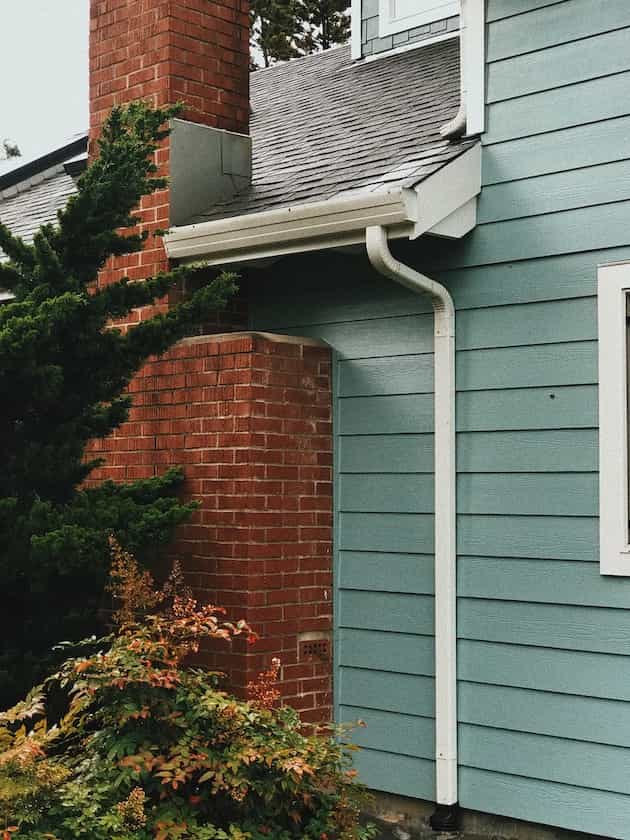
When it comes to protecting your home from water damage, the type of gutter material you choose can make all the difference. There are several different materials to choose from, each with their own unique set of pros and cons. In this article, we'll explore the most popular gutter materials and help you make an informed decision about which one is right for your home.
Aluminum Gutters
Aluminum gutters are the most popular choice for homes because they are lightweight, durable, and affordable. They are also available in a variety of colours, making it easy to match them to the colour of your home. Another advantage of aluminum gutters is that they are resistant to rust and corrosion, making them ideal for homes in areas with high humidity or frequent rain.
The main disadvantage of aluminum gutters is that they can dent easily, especially if they are hit by falling debris. They also have a tendency to expand and contract with temperature changes, which can cause leaks if the seams are not properly sealed.
Copper Gutters
Copper gutters are an attractive option for homeowners who value style and durability. They are made from a soft metal, which means they are more resistant to dents and dings than aluminum gutters. Copper gutters are also naturally resistant to rust and corrosion, making them ideal for homes in areas with high humidity or frequent rain.
The main disadvantage of copper gutters is that they are more expensive than other materials. They are also more prone to cracking and warping over time, which can cause leaks if the seams are not properly sealed.
Stainless Steel Gutters
Stainless steel gutters are an ideal choice for homeowners who value durability and low maintenance. They are made from a strong, rust-resistant metal that will last for many years without needing to be replaced. Stainless steel gutters are also available in a variety of styles and colours, making it easy to match them to the colour of your home.
The main disadvantage of stainless steel gutters is that they are more expensive than other materials. They are also more difficult to install, as the metal is heavier and requires special tools and techniques to work with.
In conclusion, the type of gutter material you choose will depend on several factors, including your budget, the climate in your area, and the style of your home. Regardless of which material you choose, it is important to have your gutters installed by a professional to ensure they are properly sealed and installed to protect your home from water damage.
Eavestroughs and Ice Dams: How to Prevent Damage
Eavestroughs and Ice Dams: How to Prevent Damage
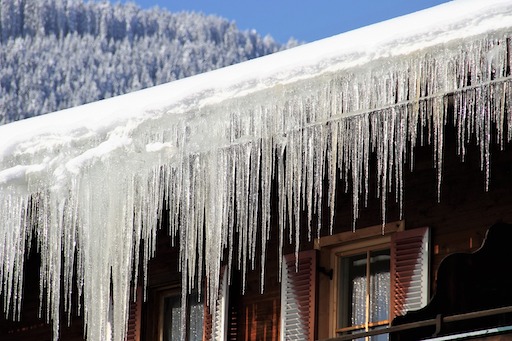
Living in the cold climate of Edmonton, Alberta, it's not uncommon for homeowners to experience the formation of ice dams on their roof and eavestroughs during the winter months. While ice dams can be a picturesque sight, they can also cause serious damage to your home if not properly addressed. In this article, we'll explore the causes of ice dams and how to prevent damage to your eavestroughs.
What are Ice Dams?
An ice dam is a ridge of ice that forms at the edge of a roof, preventing melting snow from draining off the roof and into the eavestroughs. As water pools behind the dam, it can seep into your home through the roof or walls, causing water damage and other issues.
What Causes Ice Dams?
Ice dams are caused by a combination of factors, including:
- • Snow accumulation on the roof
- • Warm air from inside your home
- • Cold outdoor temperatures
When snow accumulates on your roof, it acts as insulation, trapping warm air from inside your home. As the warm air rises, it melts the snow on the roof, causing water to flow down towards the eavestroughs. However, if the temperature outside is colder than 32°F, the water will freeze when it reaches the eavestroughs, forming an ice dam.
How to Prevent Ice Dams
To prevent ice dams from forming on your eavestroughs, it's important to keep your roof and attic well-insulated and well-ventilated. You should also make sure that your eavestroughs are in good working condition, free of clogs and leaks.
If you already have ice dams, there are several ways to remove them, including:
- • Using a roof rake to remove snow from the roof
- • Installing heat cables in your eavestroughs to melt the ice
- • Hiring a professional to safely remove the ice dam
It's important to act quickly to remove ice dams, as the longer they are left in place, the more damage they can cause to your home.
Conclusion
Eavestroughs play a crucial role in protecting your home from water damage, and ice dams can severely impact their ability to do so. By understanding the causes of ice dams and how to prevent them, you can ensure that your eavestroughs are in top shape all year round. If you need assistance with eavestrough maintenance or repairs, be sure to reach out to a professional eavestroughing company in Edmonton, Alberta.
The Cost of Eavestrough Installation: What to Expect
The Cost of Eavestrough Installation: What to Expect

One of the main factors that affects the cost of eavestrough installation is the type of material used. Aluminum is the most common and affordable option, while copper and stainless steel are more expensive. The size and pitch of your roof, as well as the complexity of the installation, will also affect the cost.
Another factor to consider is the type of eavestrough system you choose. Seamless eavestroughs, for example, are more expensive than traditional sectional eavestroughs but offer a number of benefits such as a more streamlined appearance and fewer leaks. Gutter protection systems, such as gutter guards and screens, can also add to the cost of installation.
On average, homeowners in Edmonton can expect to pay between $1000 and $2,500 for eavestrough installation. However, the cost can vary depending on the factors mentioned above and the specific needs of your home. It's important to get quotes from multiple eavestroughing companies in order to compare prices and ensure you are getting a fair and reasonable cost for the work.
In conclusion, eavestrough installation is an important aspect of maintaining the integrity of your home's roofing system and protecting it from water damage. The cost of installation can vary depending on a number of factors such as the type of material used, the size and pitch of your roof, and the complexity of the installation. It's important to get quotes from multiple eavestroughing companies to compare prices and ensure you are getting a fair and reasonable cost for the work.
Eavestrough Repairs: DIY vs Professional
Eavestrough Repairs: DIY vs Professional
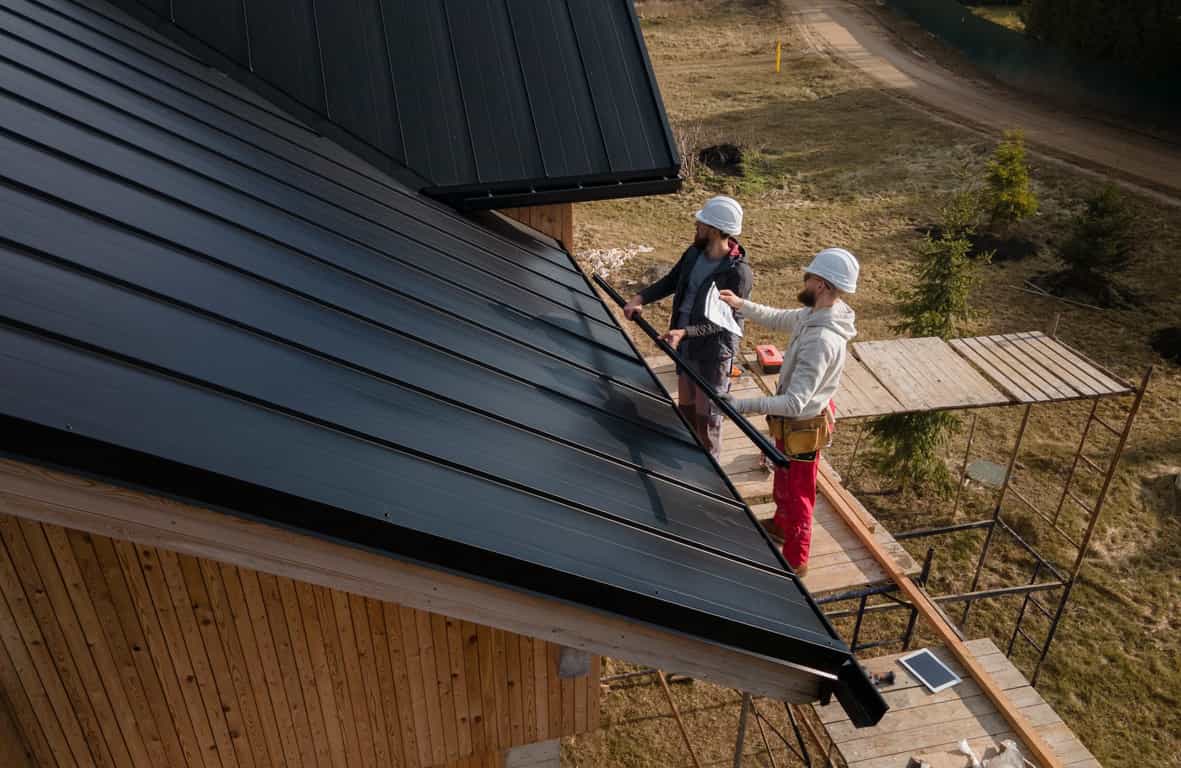
DIY Eavestrough Repairs
If you're handy and have some experience with home repairs, you may be tempted to tackle the job yourself. This can be a good option if the problem is relatively minor, such as a small hole or a loose connection. You can buy repair materials from your local home improvement store, and with a little time and effort, you may be able to fix the problem quickly and inexpensively.
However, there are some risks associated with DIY eavestrough repairs. If you're not familiar with the proper techniques, you could end up making the problem worse. Additionally, if you're working on a ladder, you could put yourself in danger of falling.
Professional Eavestrough Repairs
If the problem with your eavestroughs is more complex, or if you're not comfortable working on a ladder, it's probably a good idea to call in a professional. Eavestroughing contractors have the experience and equipment to diagnose and fix even the toughest problems. They can quickly and efficiently repair any damage to your eavestroughs, and they can also offer advice on how to maintain your system to prevent future problems.
Another advantage of professional eavestrough repairs is that you'll be able to get a warranty. Most eavestroughing contractors offer a warranty on their work, which means that if something goes wrong with your system within a certain period of time, they'll come back and fix it for free.
In conclusion, when it comes to eavestrough repairs, the decision to go DIY or professional is largely a matter of personal preference. If you're handy and confident in your abilities, DIY repairs may be a good option. But if you're not comfortable with the task, or if the problem is more complex, it's probably best to call in a professional. Eavestroughing contractors have the experience and equipment to get the job done right, and they can also offer you peace of mind with a warranty on their work.
Gutter Guard Comparison: Mesh vs Foam vs Micro-mesh
Gutter Guard Comparison: Mesh vs Foam vs Micro-mesh
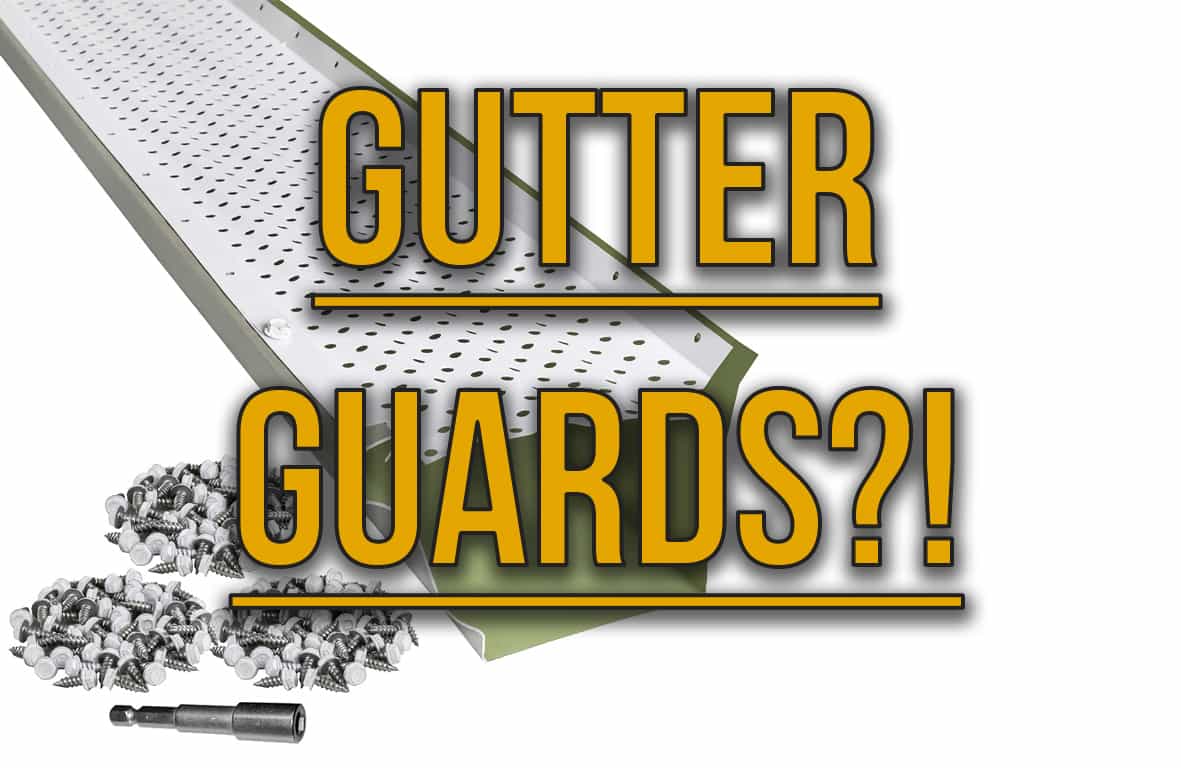
Mesh Gutter Guards
Mesh gutter guards are the simplest and most affordable option for homeowners. They consist of a metal or plastic mesh that fits over the top of your existing eavestroughs. The mesh is designed to allow water to flow into the eavestroughs while blocking leaves, twigs, and other debris from entering.
Pros:
- • Affordable: Mesh gutter guards are the least expensive option among the three types of gutter guards.
- • Easy to install: Mesh gutter guards are easy to install, as they simply fit over your existing eavestroughs.
- • Limited effectiveness: While mesh gutter guards are effective at preventing larger debris from entering your eavestroughs, they can still become clogged with smaller debris, such as needles and seeds.
- • Need frequent cleaning: Mesh gutter guards may still need to be cleaned periodically, especially if they are installed in an area with a lot of trees or other vegetation.
Foam gutter guards are made from a dense foam material that fits into your eavestroughs, creating a barrier between the eavestroughs and the debris that falls from your roof. The foam is designed to allow water to flow freely into the eavestroughs while blocking leaves, twigs, and other debris from entering.
Pros:
- • Easy to install: Foam gutter guards are easy to install, as they simply fit into your existing eavestroughs.
- • Effective at preventing clogs: Foam gutter guards are effective at preventing clogs and are a good choice for homeowners who live in areas with a lot of trees or other vegetation.
- • Higher cost: Foam gutter guards are more expensive than mesh gutter guards, but still more affordable than micro-mesh gutter guards.
- • Need to be replaced periodically: Foam gutter guards need to be replaced periodically, as they can become compressed and lose their effectiveness over time.
Micro-mesh gutter guards are the most advanced and effective option for homeowners. They are made from a high-quality, durable stainless steel mesh that is designed to block even the smallest debris from entering your eavestroughs. The mesh is designed to allow water to flow freely into the eavestroughs while blocking leaves, twigs, and other debris from entering.
Pros:
- • Maximum effectiveness: Micro-mesh gutter guards are the most effective option for preventing clogs, as they can block even the smallest debris from entering your eavestroughs.
- • Long-lasting: Micro-mesh gutter guards are made from high-quality stainless steel, making them durable and long-lasting.
- • Higher cost: Micro-mesh gutter guards are the most expensive option among the three types of gutter guards.
- • More difficult to install: Micro-mesh gutter guards are more difficult to install than mesh or foam gutter guards, and may require the services of a professional eavestroughing company.
In conclusion, when choosing a gutter guard system for your home, it's important to consider the pros and cons of each type. Mesh gutter guards are a popular and cost-effective option, but they may not prevent smaller debris from clogging your gutters. Foam gutter guards are a good option for those looking for a low-maintenance solution, but they can also be prone to clogging. Micro-mesh gutter guards are the most effective in preventing debris from clogging your gutters, but they are also the most expensive option.
Ultimately, the best gutter guard system for you will depend on your specific needs and budget. It's a good idea to do your research and consult with a professional eavestroughing company to determine which option is right for you. With the right gutter guard system in place, you can protect your home from water damage and ensure that your eavestroughs are functioning properly.
The Importance of Proper Eavestrough Drainage
The Importance of Proper Eavestrough Drainage
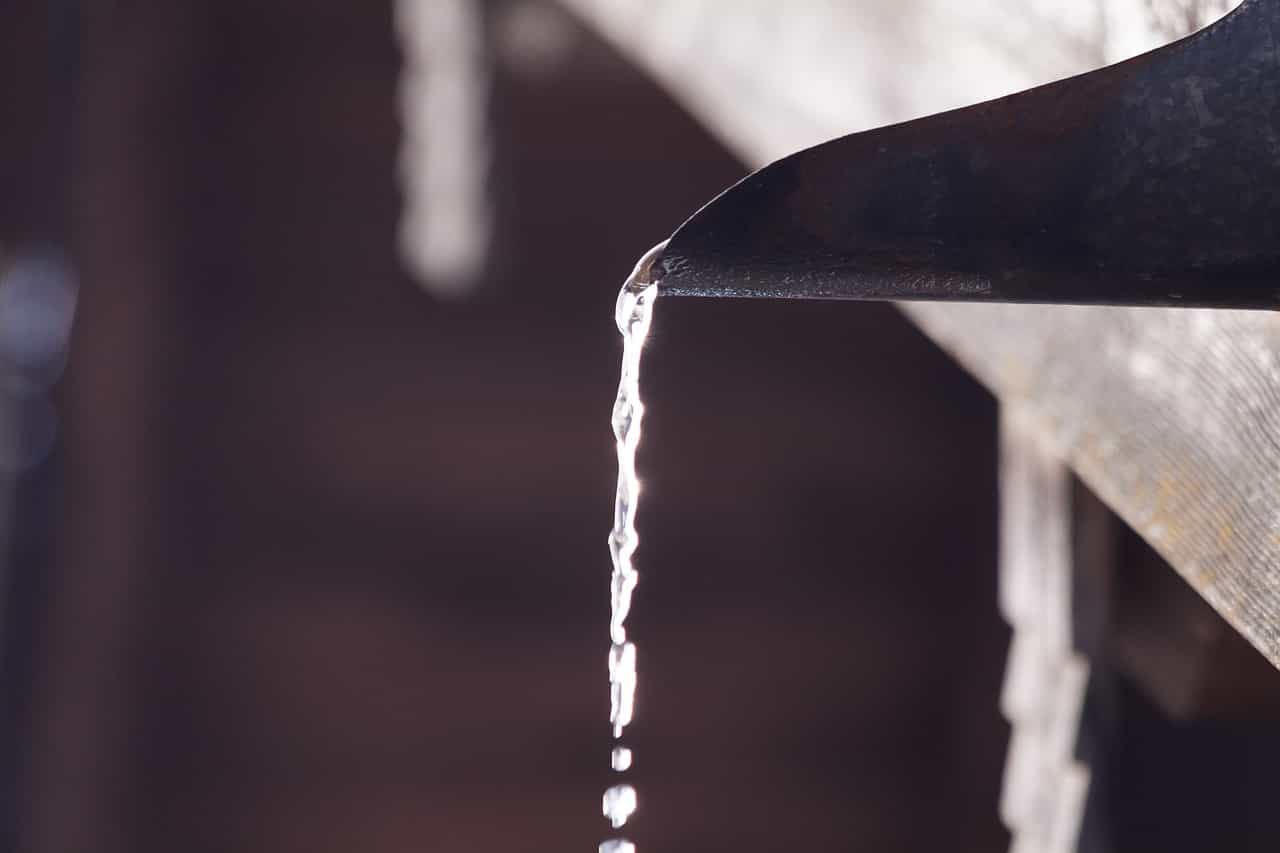
Eavestroughs play a critical role in protecting your home from water damage by directing rainwater away from your foundation. However, in order for your eavestroughs to function properly, they must be installed with proper drainage in mind.
Proper eavestrough drainage involves ensuring that the eavestroughs are pitched correctly and that downspouts are positioned to carry water away from the foundation of your home. If the eavestroughs are not pitched correctly, water can pool in certain areas, which can lead to leaks, clogs, and even damage to your home's foundation.
Additionally, it's important to ensure that the downspouts are positioned correctly so that water is carried away from the foundation of your home. If water is allowed to pool around the foundation, it can lead to basement leaks, mold and mildew growth, and even structural damage.
Proper eavestrough drainage also involves regular cleaning and maintenance to ensure that the eavestroughs are free of debris and functioning properly. Clogged eavestroughs can lead to water overflowing, which can cause damage to your home's foundation, walls, and landscaping.
In Edmonton, Alberta, where heavy snowfall and spring melt can cause damage to your eavestroughs, it's especially important to ensure that your eavestroughs are properly installed and maintained. By ensuring that your eavestroughs have proper drainage, you can protect your home from water damage and keep your eavestroughs functioning properly for years to come.
At our eavestroughing business, we understand the importance of proper eavestrough drainage, and we take pride in providing quality eavestrough installation, maintenance, and repair services to homeowners in Edmonton, Alberta. If you're concerned about the drainage of your eavestroughs, we would be happy to provide you with a professional evaluation and recommendations for improving your eavestroughs' performance.
The Importance of Properly Sized Eavestroughs
The Importance of Properly Sized Eavestroughs
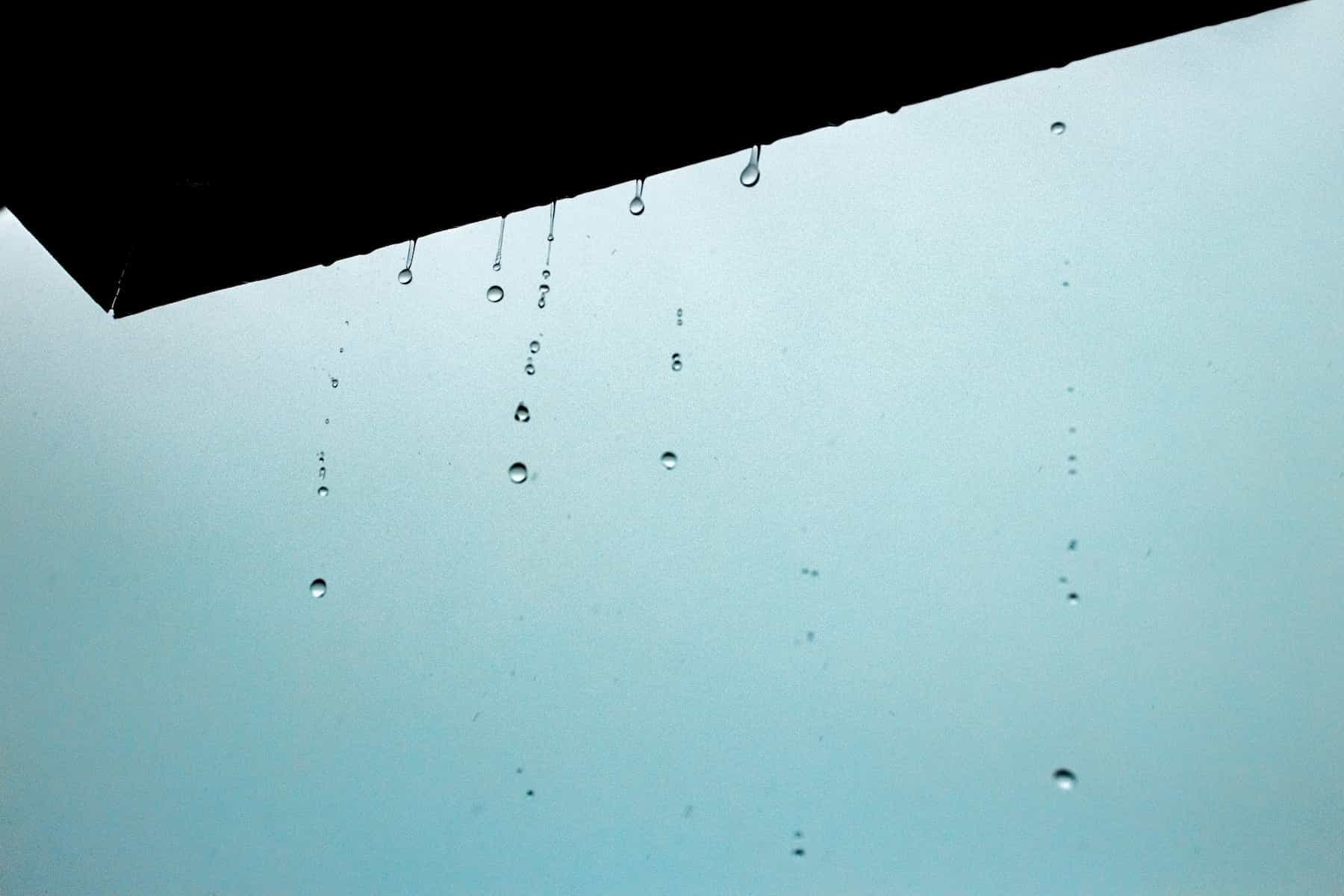
When it comes to protecting your home from water damage, the size of your eavestroughs is just as important as their material, quality, and maintenance. If your eavestroughs are too small, they will overflow during heavy rains, causing water to damage your roof, walls, and foundation. If they are too large, they will require excessive quantities of materials and labor, increasing your costs and reducing your return on investment.
To determine the right size for your eavestroughs, you need to consider several factors, including the size and slope of your roof, the amount of rainfall in your area, and the design of your gutters and downspouts. You also need to take into account the flow rate of your eavestroughs, which is the amount of water they can handle in a given amount of time. This rate is typically measured in cubic feet per second (cfs) and is influenced by the width, depth, and shape of your gutters and downspouts, as well as the height of your roof and the length of your eavestroughs.
When choosing the size of your eavestroughs, it is also important to consider the type of roof you have. For example, flat roofs require larger eavestroughs to prevent water from pooling, while steep roofs can use smaller eavestroughs because the water flows more quickly. Additionally, you need to factor in the number of valleys and dormers in your roof, as these will increase the amount of water that needs to be carried away from your home.
It is important to have properly sized eavestroughs installed by a professional eavestroughing company to ensure the best results. A professional will be able to calculate the right size for your home based on your specific needs and provide you with the highest quality materials and installation services. This will help you avoid the problems that can arise from having eavestroughs that are too small or too large, such as water damage, leaks, and clogs.
In conclusion, the size of your eavestroughs is an important factor in protecting your home from water damage. By choosing the right size for your home, you can ensure that your eavestroughs function properly, keeping your home safe and dry, and saving you money on repairs and maintenance in the long run. Contact your local eavestroughing company in Edmonton, Alberta today to learn more about properly sized eavestroughs and how they can benefit your home.
Gutter Cleaning: Safety Tips and Tricks
Gutter Cleaning: Safety Tips and Tricks
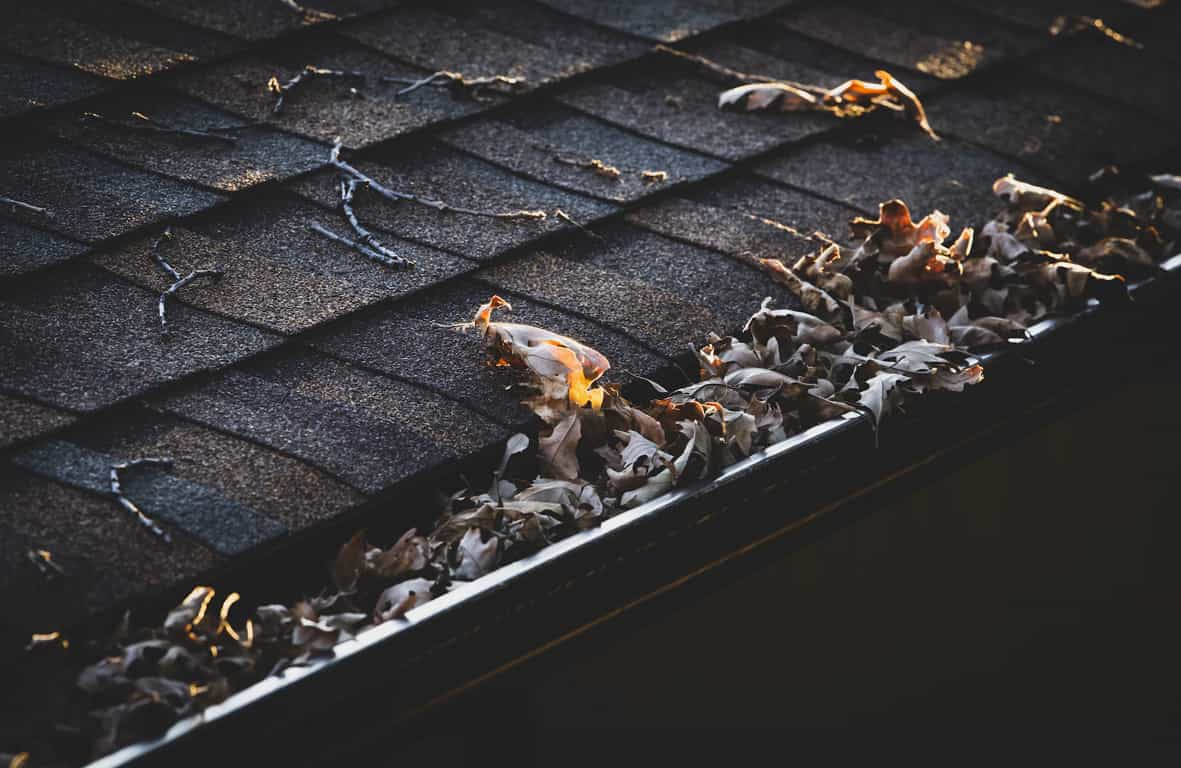
First, it's important to use the proper equipment. A sturdy ladder that can reach the height of your eavestroughs is a must, as well as gloves and a bucket to collect debris. It's also helpful to have a gutter scoop or trowel to remove debris. Avoid using metal tools, as they can scratch or damage the gutters.
Next, make sure the ladder is on a level and stable surface. It's also important to ensure that the ladder is securely anchored, and to use a ladder stabilizer if necessary. Always use the ladder's safety locks and never lean over to reach an area, move the ladder instead.
When cleaning the gutters, work in sections and remove debris slowly to avoid clogs or sudden water release which can cause injury. Also, be aware of your surroundings and look out for electrical wires, power lines and other potential hazards.
Another safety tip is to not work alone. Having a helper to hold the ladder steady can provide an extra level of safety, and it's also a good idea to have someone know where you are and what you are doing.
Finally, it's important to be aware of the weather conditions before you begin cleaning your gutters. Rain, snow or high winds can make it difficult to work safely and should be avoided.
Regular eavestrough cleaning is essential to maintain the integrity of your home and prevent water damage. By following these safety tips and tricks, you can ensure that the task is completed safely and effectively. However, if you are uncomfortable or unable to do this work, consider hiring a professional eavestroughing company like us to do it for you. We have the tools and experience to safely and efficiently clean and maintain your eavestroughs, so you can have peace of mind that your home is protected.
Eavestroughs and Your Home's Foundation: How They're Connected
Eavestroughs and Your Home's Foundation: How They're Connected
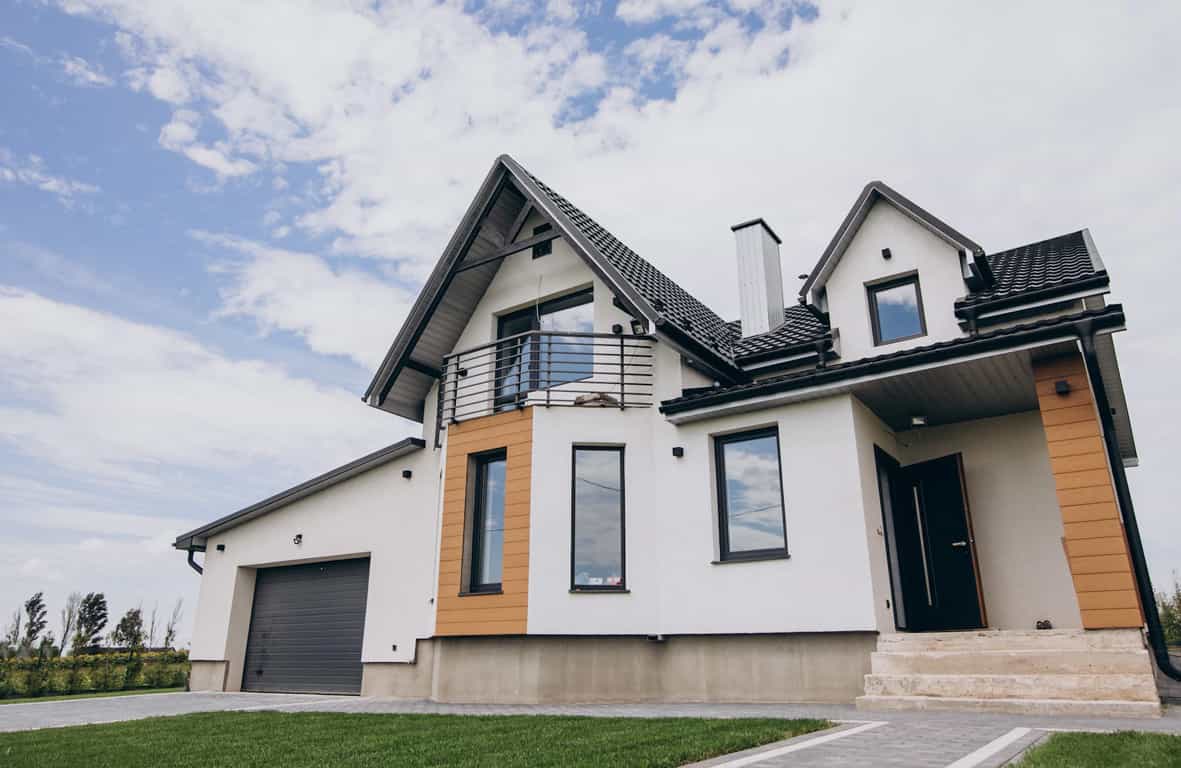
Your home's foundation is responsible for supporting the entire structure of your house. It is what keeps your home standing strong and stable, even in the face of adverse weather conditions like heavy rain, snow, and ice. But without proper eavestroughs, water can seep into the ground near your foundation, causing it to become unstable over time.
Eavestroughs work by channeling water away from your home's foundation and directing it to an area where it can safely drain away. When eavestroughs are properly sized and positioned, they can prevent water from collecting near your foundation, where it can cause serious damage.
If your eavestroughs are too small, they will be unable to handle the volume of water that falls on your roof during heavy rain or snow storms. This can result in water overflowing from the eavestroughs and spilling onto the ground near your foundation. Over time, this can lead to soil erosion, foundation cracking, and other serious structural problems.
On the other hand, if your eavestroughs are too big, they may not be able to handle the weight of snow and ice that accumulates during winter months. This can cause the eavestroughs to collapse, which can also result in water seeping into the ground near your foundation.
To ensure that your eavestroughs are properly sized for your home, it is important to work with a professional eavestroughing company like the one you're visiting on our website. Our team of experts will assess the size of your home and the amount of water that falls on your roof, and then recommend the right size eavestroughs to meet your needs.
In addition to proper sizing, it is also important to maintain your eavestroughs on a regular basis. This includes cleaning them regularly to remove debris, checking for leaks and cracks, and making repairs as needed.
By taking care of your eavestroughs and ensuring that they are properly sized and maintained, you can help protect your home's foundation from water damage and ensure that it remains stable and secure for many years to come.
Gutter Materials: Vinyl vs Aluminum vs Steel
Gutter Materials: Vinyl vs Aluminum vs Steel
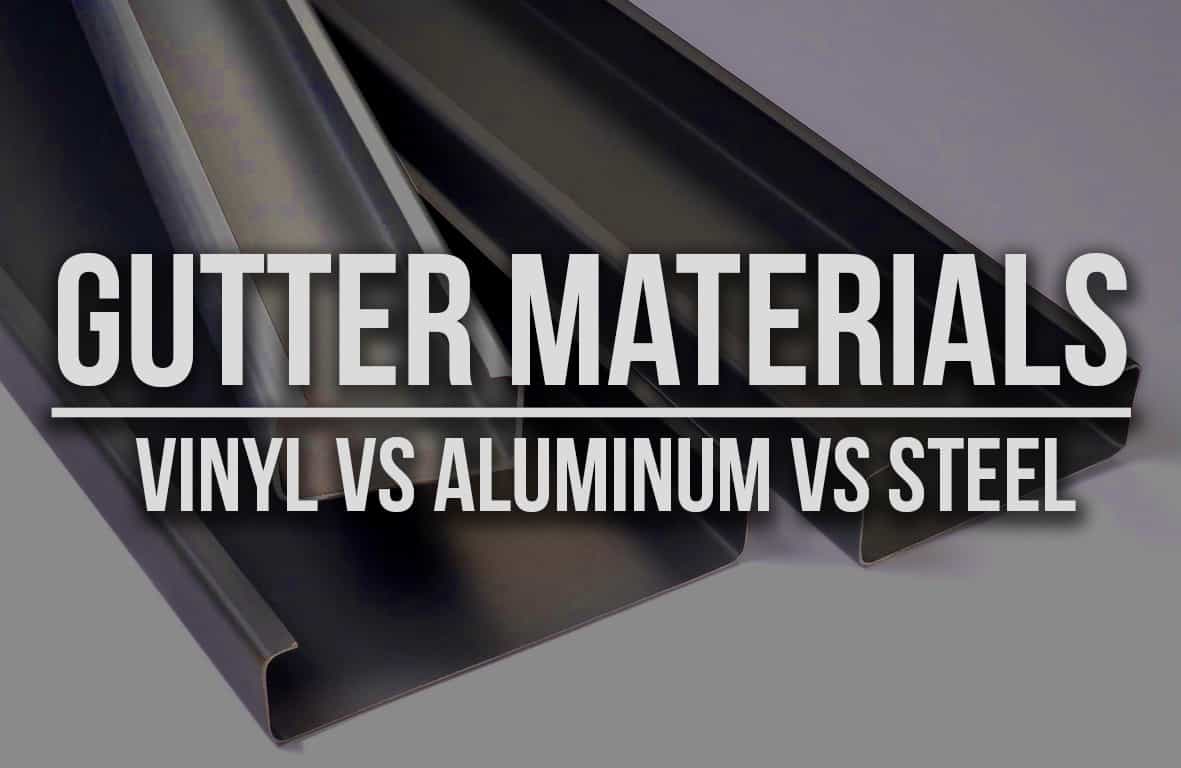
Vinyl Gutters
Vinyl gutters are an affordable and low-maintenance option. They are made from PVC, which is lightweight, durable, and resistant to fading and cracking. However, they are not as strong as other gutter materials, and can become brittle in extreme temperatures. Additionally, they are more prone to sagging and warping over time, which can cause water to overflow and leak out of the gutter system.
Aluminum Gutters
Aluminum gutters are a popular choice for many homeowners due to their durability, resistance to corrosion, and ease of installation. They are also lightweight, which makes them easy to handle during the installation process. In addition, aluminum gutters come in a variety of colours and finishes, making it easy to match them to your home's exterior. However, aluminum gutters can be more expensive than vinyl gutters, and may require more maintenance to keep them looking good over time.
Steel Gutters
Steel gutters are strong, durable, and resistant to rust and corrosion. They are also fire-resistant and can withstand harsh weather conditions. Despite their many benefits, steel gutters are more expensive than aluminum and vinyl gutters, and may require more maintenance to keep them looking good over time. Additionally, they are heavy and difficult to install, so it's important to have a professional install them for you.
In conclusion, the type of gutter material you choose will depend on your budget, the type of home you have, and your personal preferences. Regardless of which material you choose, it's important to have your gutters installed by a professional and to maintain them regularly to ensure that they continue to function properly and protect your home from water damage.
Eavestrough Cleaning: How to Remove Stains and Discolouration
Eavestrough Cleaning: How to Remove Stains and Discolouration
